Baseball places significant demands on the shoulder and elbow joints, making them susceptible to injuries from repetitive motions like throwing and swinging. As an experienced orthopedic specialist, I frequently treat athletes suffering from common baseball injuries such as rotator cuff tears, labral tears, biceps and UCL injuries. Understanding these injuries in baseball and implementing prevention strategies can help keep players healthy and performing at their best.
About the Author: Joseph Tauro, MD, a Board-Certified orthopedic surgeon by the American Board of Orthopedic Surgeons, is nationally recognized for his expertise in treating shoulder, sports, and degenerative joint disorders. As a professor at Rutgers Medical School and a Master Instructor for the Arthroscopy Association of North America (AANA), he leads the field in developing new techniques for minimally invasive joint replacement, arthroscopic shoulder surgery, and Augmented Reality surgical training. Patients from across the U.S. are referred to Dr. Tauro for his specialized care. Request an appointment with Dr. Tauro today to experience expert orthopedic care first-hand!
Common Shoulder and Elbow Injuries in Baseball
Shoulder Injuries in Baseball:
- Rotator Cuff Injuries: The rotator cuff is a group of muscles and tendons that stabilize the shoulder. Repetitive throwing can cause rotator cuff tears (typically partial tears) or inflammation.
- Labrum Tears: The labrum is a ring of cartilage that surrounds the shoulder socket. Labrum tears can occur from overuse or trauma, leading to pain and instability
- Biceps tears: These are typically partial tears or tendinitis. There’s a type of labral tear associated with biceps problems called a SLAP lesion.
- Shoulder Impingement: This occurs when the rotator cuff tendons are pinched during shoulder movements, causing pain and reduced range of motion.
Elbow Injuries in Baseball:
- Ulnar Collateral Ligament (UCL) Injury: The UCL stabilizes the elbow during throwing motions. Repetitive stress can cause UCL tears, sometimes requiring surgical repair (Tommy John surgery).
- Flexor Tendinitis: Inflammation of the tendons that attach to the inner elbow, often caused by overuse.
- Olecranon Stress Fracture: Repeated stress on the elbow can cause small fractures in the olecranon, the bony tip of the elbow.

Prevention Strategies for Arm Injuries in Baseball
Proper Mechanics:
- Ensuring proper throwing mechanics can reduce stress on the shoulder and elbow. Working with a coach or physical therapist to refine technique is crucial.
Strengthening and Conditioning:
- A well-rounded conditioning program focusing on shoulder and arm strength, flexibility, and endurance can help prevent injuries. This includes exercises targeting the rotator cuff, scapular stabilizers, and core muscles.
Pitch Counts and Rest:
- Adhering to pitch count guidelines and ensuring adequate rest between pitching sessions can help prevent overuse injuries. The American Sports Medicine Institute (ASMI) provides guidelines on appropriate pitch counts for different age groups.
Warm-Up and Cool-Down:
- Proper warm-up and cool-down routines are essential. Dynamic stretching before activity and static stretching afterward can maintain flexibility and reduce injury risk.
Monitoring Symptoms:
- Players should be encouraged to report any pain or discomfort early. Early intervention can prevent minor issues from becoming major injuries.

Treatment Options for Arm Injuries in Baseball
Non-Surgical Treatments:
- Rest and Ice: Initial treatment for most shoulder and elbow injuries involves rest and ice to reduce inflammation.
- Physical Therapy: A structured rehabilitation program can help restore strength and range of motion.
- Medications: Nonsteroidal anti-inflammatory drugs (NSAIDs) can help manage pain and inflammation.
Surgical Treatments:
- Arthroscopy: Minimally invasive surgery can repair labrum tears, remove impinging bone spurs, or debride damaged tissue.
- Tommy John Surgery: Reconstruction of the UCL using a tendon graft, often necessary for severe UCL injuries.
Rehabilitation:
- Post-surgery rehabilitation is crucial for a successful return to play. This includes progressive strength and flexibility exercises, often guided by a physical therapist. At AOSMI, we have a team of expert physical therapists to help you recover from your shoulder and elbow injuries.
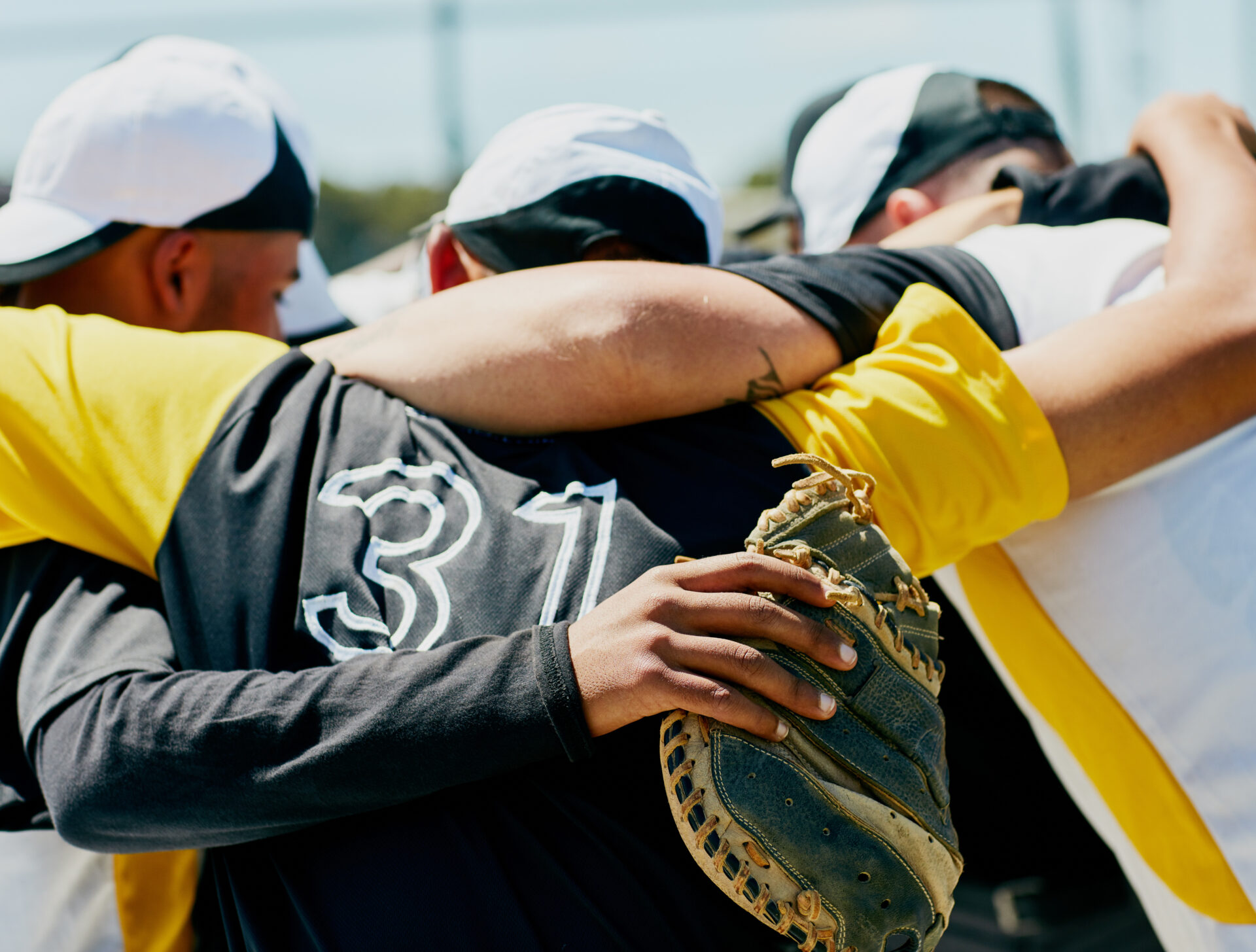
Recover from Baseball Arm Injuries with Comprehensive Orthopedic Care at AOSMI in New Jersey!
Preventing and treating shoulder and elbow injuries in baseball requires a comprehensive approach that includes proper mechanics, conditioning, adherence to pitch counts, and early intervention. Dr. Tauro and the AOSMI team specialize in diagnosing and treating sports injuries, helping athletes return to their peak performance.
If you’re experiencing shoulder or elbow pain from playing baseball, don’t wait and risk further injury. Dr. Tauro and the AOSMI team offer comprehensive evaluations and expert care tailored to your needs. Early diagnosis and treatment can significantly improve your recovery and get you back in the game faster and stronger – schedule an appointment with Dr. Tauro today to start your path to recovery!
We are thrilled to announce that several esteemed physicians from Advanced Orthopedics and Sports Medicine Institute (AOSMI) have been recognized as NJ Top Docs for 2024. This prestigious honor underscores our commitment to providing exceptional orthopedic care and advanced treatment options for our patients in New Jersey.
About the Top Docs Awards
The Top Docs awards are based on a rigorous selection process. Nominees complete a comprehensive qualification questionnaire covering their education, training, years in practice, continuing education, licensing, publications, charitable work, professional appointments, and achievements. Each component is verified to ensure that nominees meet the high standards set by the Top Docs organization. Board certification is required for applicable specialties, and nominees must also undergo a thorough review of malpractice and licensing records to confirm there are no serious issues. Patient reviews are collected and compiled to provide a comprehensive assessment of each nominee’s performance.
Join us in celebrating the remarkable accomplishments of the following Top Docs nominees:

Michael J. Greller, MD, MBA, CPE, FAAOS
Dr. Michael J. Greller is a Board-certified orthopedic surgeon specializing in sports medicine and joint preservation. His comprehensive approach to patient care, combined with his administrative expertise, has established him as a leader in orthopedic surgery. Dr. Greller’s commitment to excellence is evident in both his clinical and organizational contributions to AOSMI.
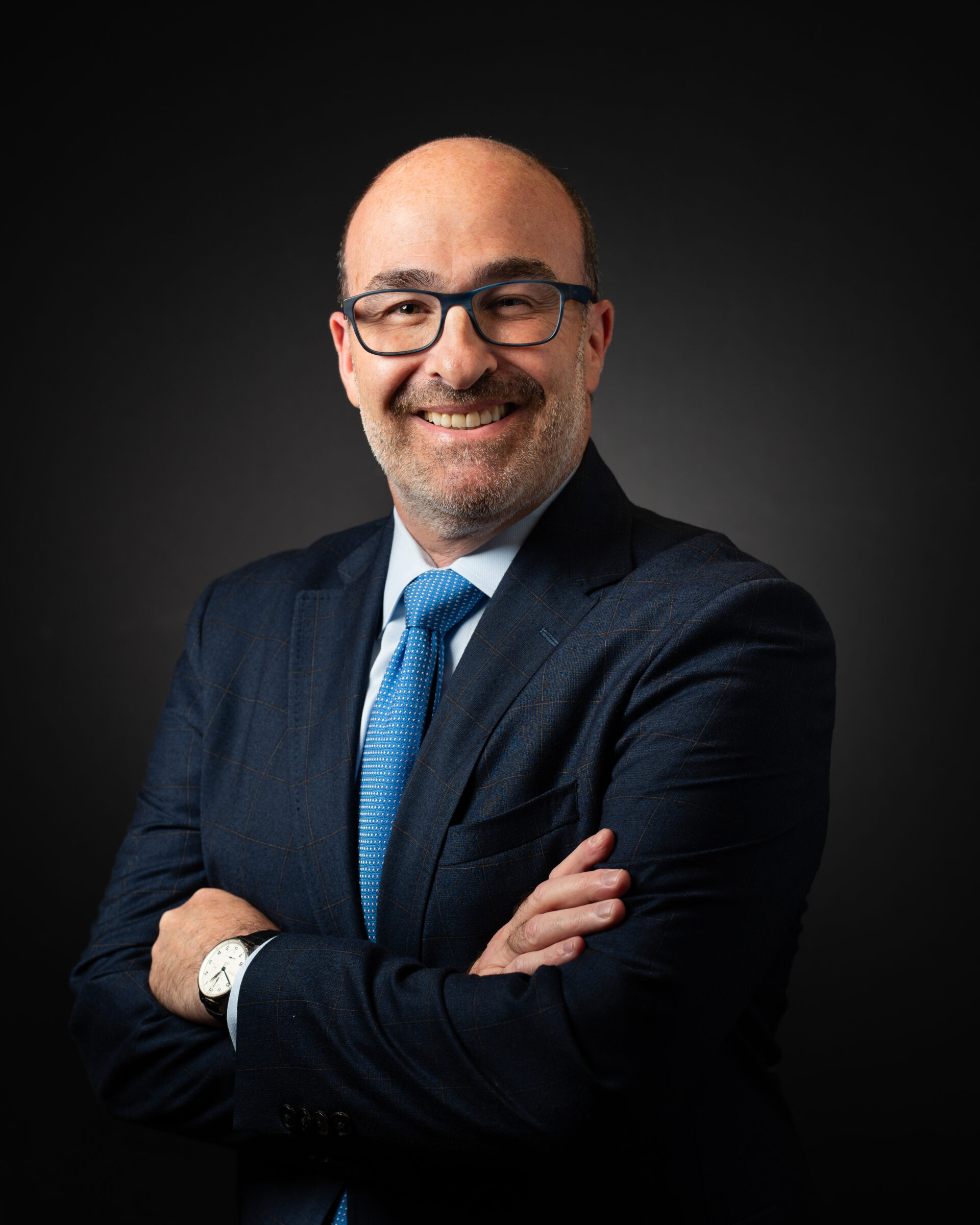
Ali Valimahomed, MD, FAAPMR
Dr. Ali Valimahomed is a dual Board-certified specialist in Pain Medicine and Physical Medicine & Rehabilitation. His expertise lies in comprehensive pain management and restoring function to patients suffering from chronic pain conditions. Dr. Valimahomed’s holistic approach and dedication to improving patients’ quality of life make him a standout in his field.
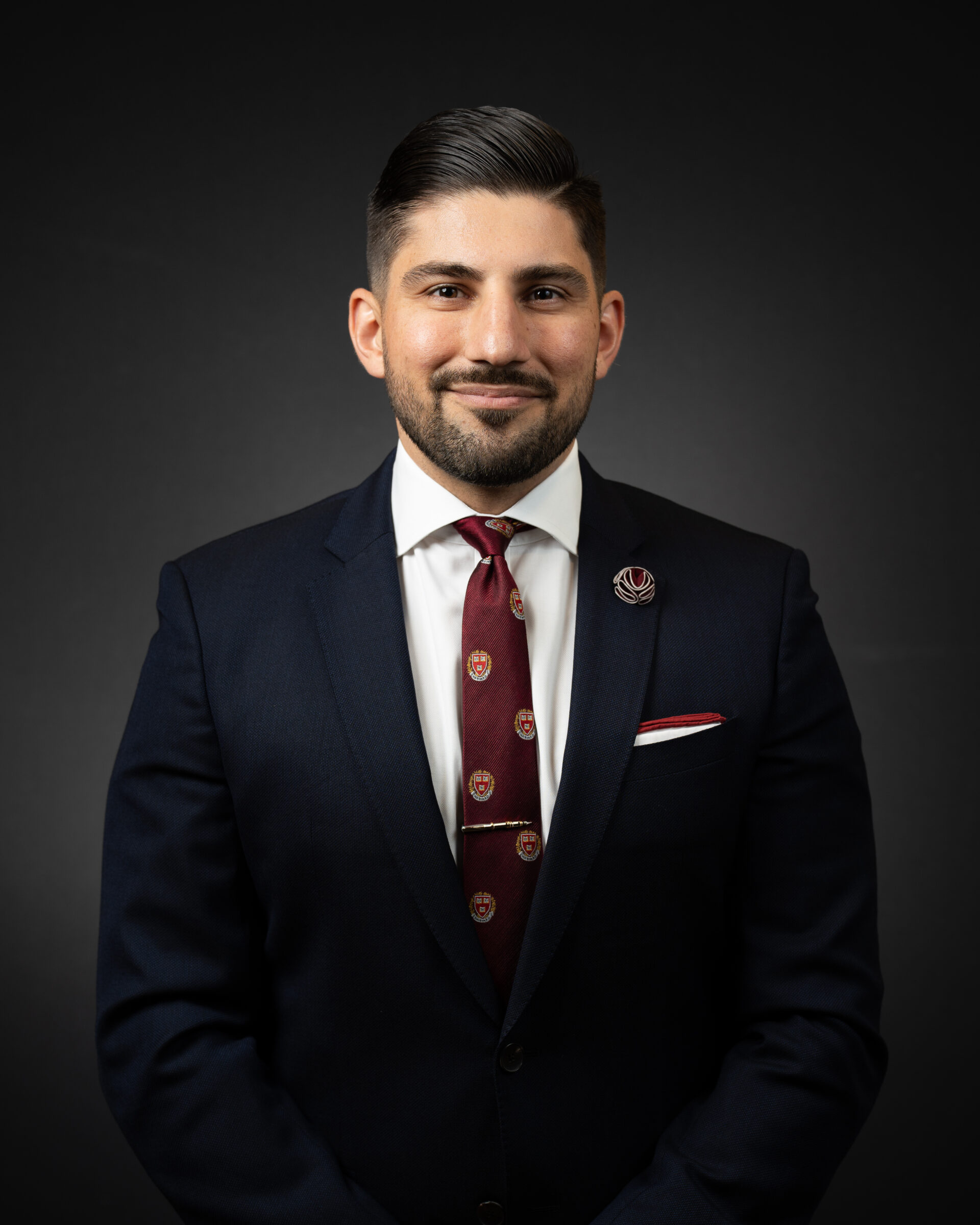
Alison Dewaters, DPM, FACFAS
Dr. Alison Dewaters is a Board-certified podiatric surgeon with a focus on reconstructive foot and ankle surgery. As a Fellow of the American College of Foot and Ankle Surgeons, Dr. Dewaters is renowned for her surgical precision and compassionate patient care, ensuring optimal outcomes for her patients.
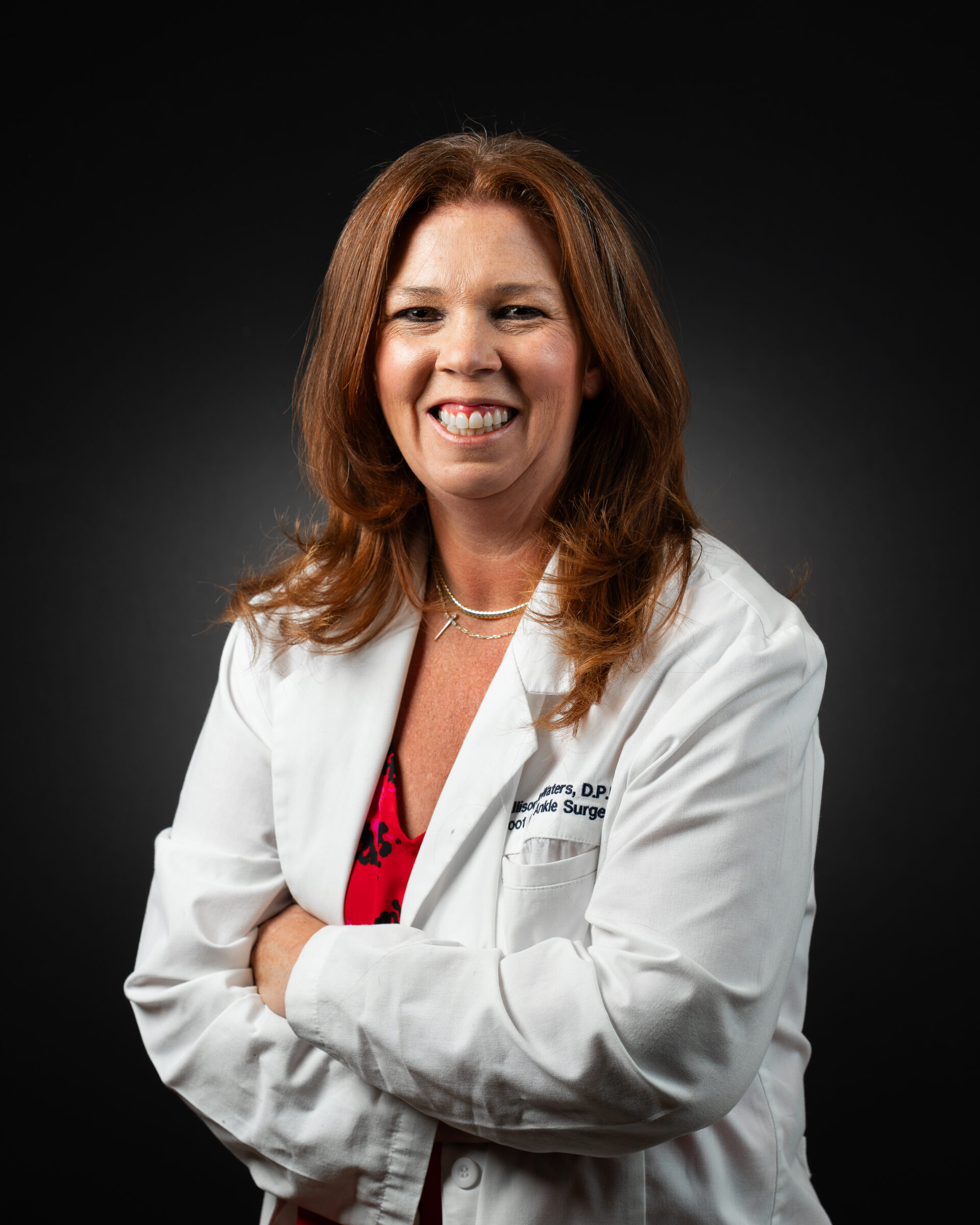
Arth Patel, MD, MPH
Dr. Arth Patel is a Board-certified Primary Care Sports Medicine physician with a background in Family Medicine. He is dedicated to the non-operative management of musculoskeletal injuries, promoting wellness and injury prevention. Dr. Patel’s patient-centered approach and emphasis on holistic care have earned him a well-deserved place among NJ’s top doctors.
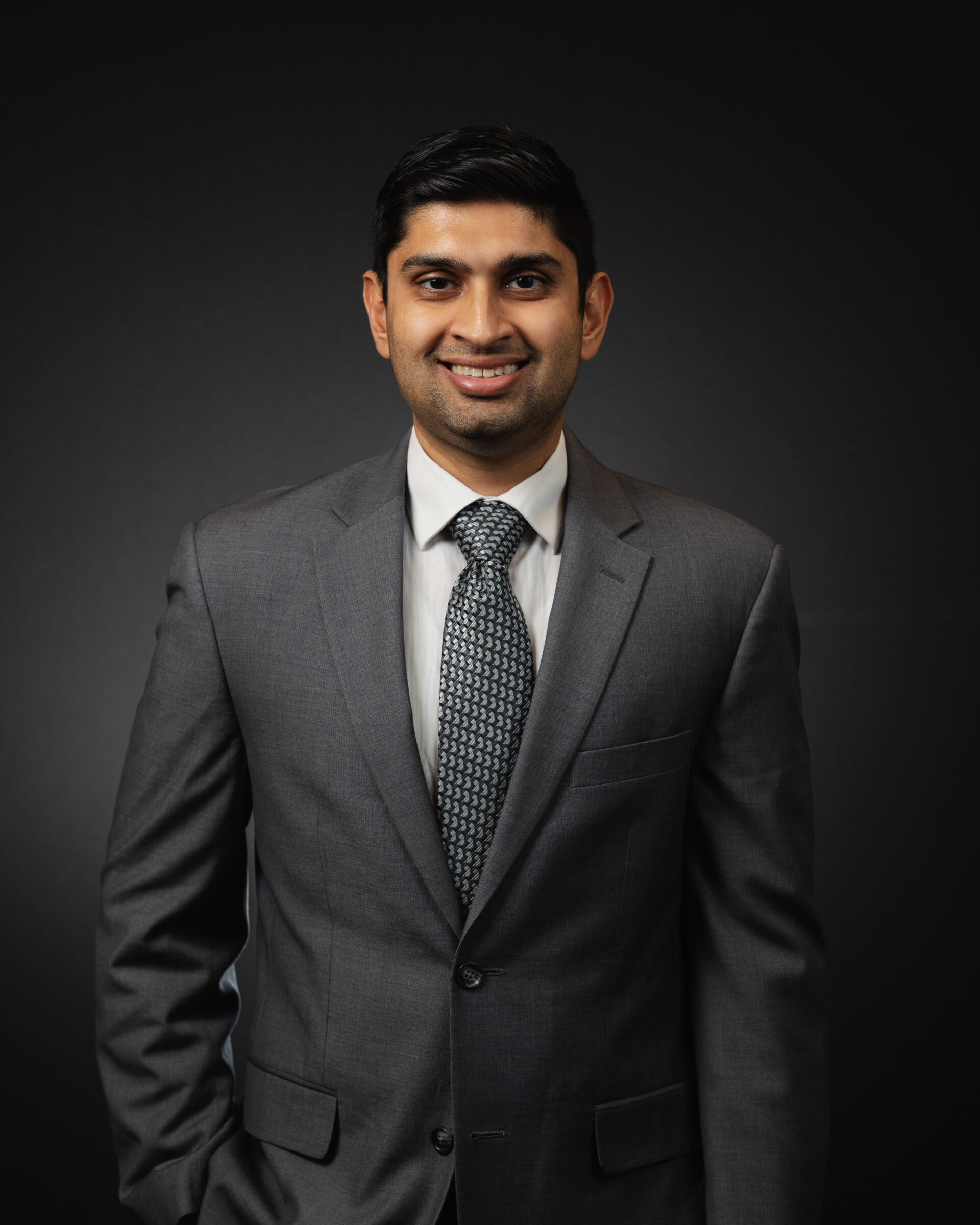
Eric Buxbaum, DO, FAAOS
Dr. Eric Buxbaum is a Board-certified orthopedic surgeon with expertise in hip and knee replacement surgery. His focus on advanced surgical techniques and patient-centric care has made him a trusted name in joint health. Dr. Buxbaum’s approach combines precision with compassion, ensuring his patients receive the best possible care.

Joseph Tauro, MD
Dr. Joseph Tauro is a nationally recognized expert in shoulder, sports and degenerative joint disorders, known for his pioneering techniques in arthroscopic surgery. As a Board-certified Orthopedic Surgeon, Dr. Tauro’s contributions to the field have set new standards in patient care and surgical excellence. His innovative approach ensures that patients receive the most advanced and effective treatments available.
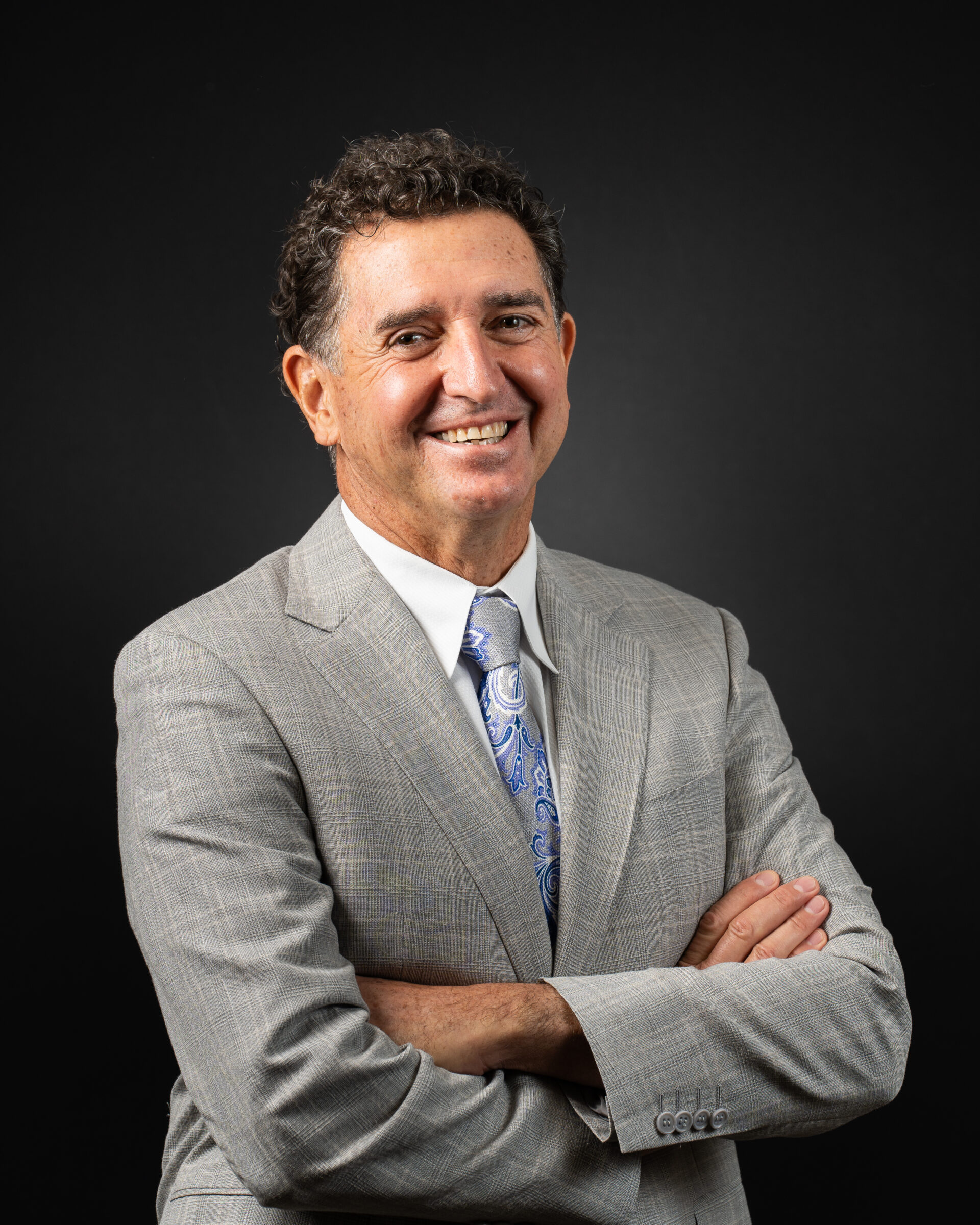
Stacey Gallacher, MD, FAAOS
Dr. Stacey Gallacher is a dual Board-certified orthopedic surgeon specializing in shoulder and elbow surgery and trauma care. Her precise surgical skills and compassionate patient care have made her a trusted specialist in her field. Dr. Gallacher’s dedication to improving patient outcomes through both surgical and non-surgical interventions is commendable.
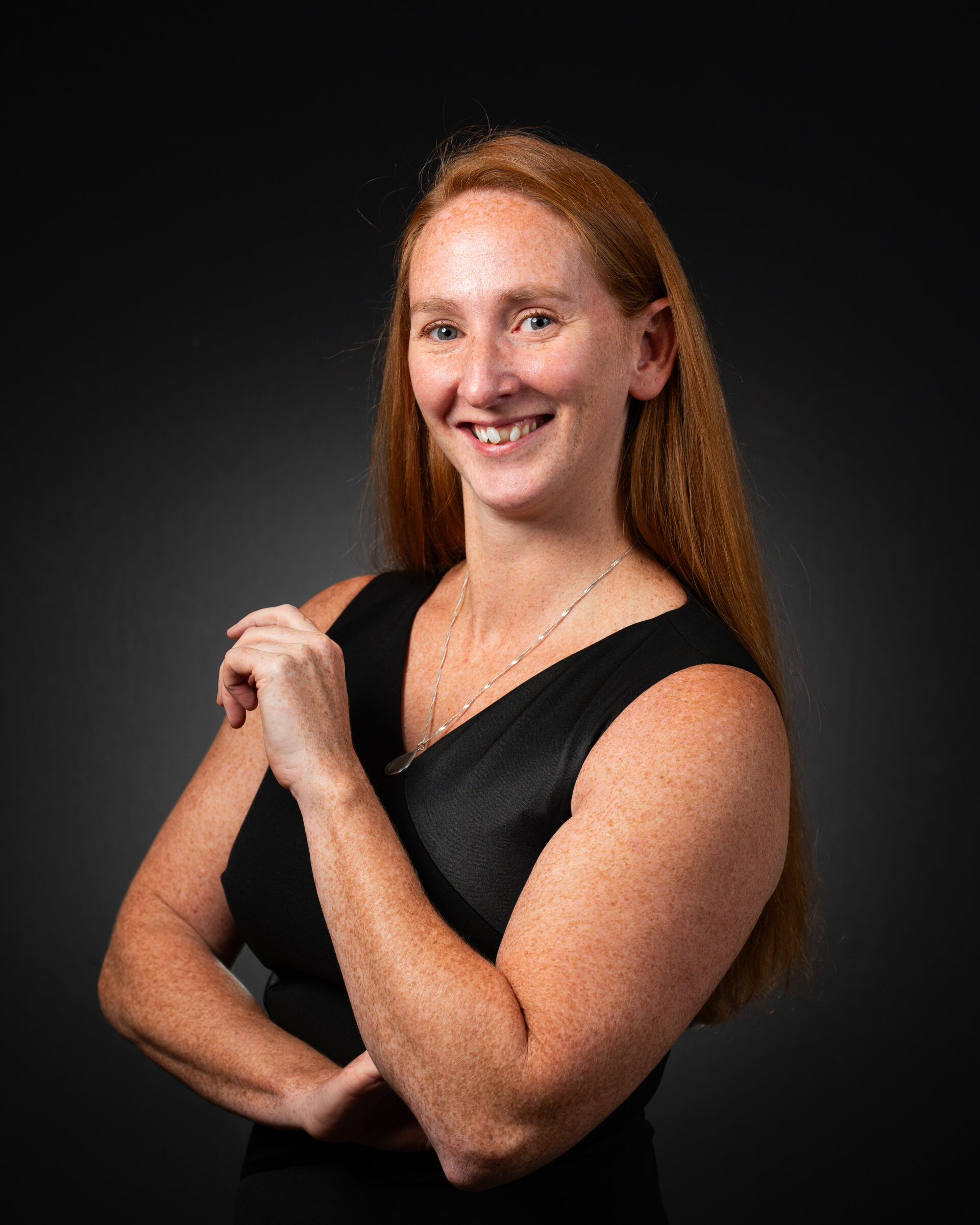
Gerardo Goldberger, DO, FAOAO
Dr. Gerardo Goldberger is a Board-Certified orthopedic surgeon and Fellow of the American Osteopathic Academy of Orthopedics. His specialization in sports medicine and arthroscopic surgery allows him to effectively treat a wide range of athletic injuries. Dr. Goldberger’s dedication to his patients and innovative treatment methods make him a top choice for orthopedic care.
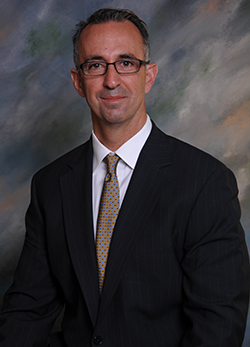
David Kirschenbaum, MD
Dr. David Kirschenbaum is an hand and upper extremity Fellowship-Trained orthopedic surgeon. His extensive experience and commitment to cutting-edge techniques provide patients with innovative solutions for their orthopedic needs. Dr. Kirschenbaum’s dedication to excellence is reflected in his high patient satisfaction and successful surgical outcomes.
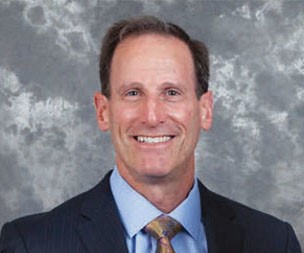
At AOSMI, we are incredibly proud of our doctors’ achievements and their unwavering commitment to providing the highest quality of orthopedic care. Being named NJ Top Docs is a testament to their expertise, compassion, and dedication to patient well-being. We extend our heartfelt congratulations to each of these outstanding physicians and look forward to their continued success in advancing orthopedic and sports medicine.
For more information or to schedule an appointment with any of our top doctors, please contact our office at (732) 335-6727 and schedule an appointment online. Together, we can achieve better health and a higher quality of life.
Knee meniscus injuries and ACL (Anterior Cruciate Ligament) injuries are common knee problems, especially among athletes. These injuries can cause pain, swelling, and instability in the knee. This guide will help you understand knee meniscus and ACL surgeries, including pre-surgery preparation, what to expect on the day of surgery, and post-surgery recovery.
About the Author: Joseph Tauro, MD, a Board-Certified orthopedic surgeon, is nationally recognized for his expertise in treating shoulder, sports, and degenerative joint disorders. As a professor at Rutgers Medical School and a Master Instructor for the Arthroscopy Association of North America (AANA), he leads the field in developing new techniques for minimally invasive joint replacement, arthroscopic shoulder surgery, and Augmented Reality surgical training. Patients from across the U.S. are referred to Dr. Tauro for his specialized care. Request an appointment with Dr. Tauro today to experience expert orthopedic care first-hand!


Pre-Surgery Guidelines for Knee Meniscus and ACL Surgery
What You Should Do Before Knee Surgery:
Consultation with Dr. Tauro:
- Have a thorough discussion with Dr. Tauro about the procedure, risks, and benefits of knee meniscus and ACL surgery.
Medical Clearance and Preparation:
- Most younger patients with no medical problems do not require medical clearance but if you are older and have a medical condition you may need to obtain medical clearance from your primary care physician.
- Review all medications with your doctor. You may need to stop certain medications, like blood thinners, a few days before surgery.
Physical and Home Preparation:
- Engage in pre-surgery physical therapy or a home therapy program if recommended to strengthen the knee muscles and restore range of motion before meniscus or ACL surgery.
- Arrange your home to accommodate your post-surgery needs. This might include setting up a comfortable resting area and ensuring easy access to necessities. You will feel more comfortable elevating your leg for sleep during the initial recovery phase after knee surgery.
What You Shouldn’t Do Before Knee Surgery:
Eating and Drinking:
- Do not eat or drink anything after midnight before your knee surgery day. This includes chewing gum, which can produce excessive saliva in your stomach.
Smoking and Alcohol:
- Avoid smoking as it can impair healing and increase the risk of complications.
- Do not consume alcohol at least 24 hours before knee surgery.
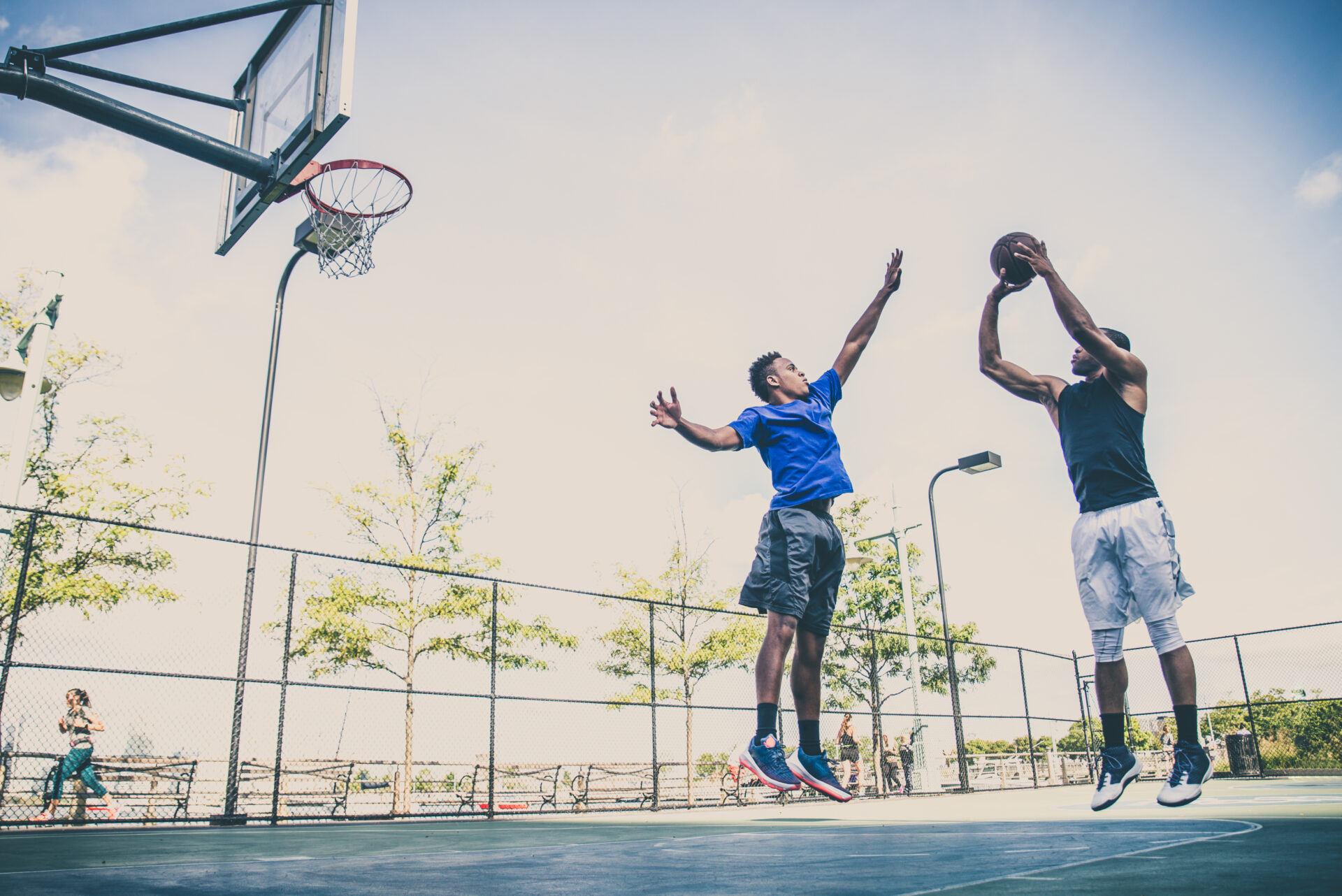
Day of Knee Meniscus and ACL Surgery
What to Do on the Day of Surgery:
Arrive on Time:
- Arrive at the hospital or surgical center at the scheduled time. The surgery center will call you with that time generally the day before your knee surgery.
Wear Comfortable Clothing:
- Wear loose, comfortable clothing that is easy to remove and put on.
Bring Essentials:
- Bring necessary documents and a list of medications.
What to Expect on the Day of Surgery:
Pre-Operative Preparation:
- You will undergo pre-operative preparations, including vital sign checks and anesthesia administration. For larger procedures such as an ACL reconstruction, anesthesia will usually include a regional block to numb the knee in addition to general anesthesia.
Surgery Duration:
- The procedure typically takes 1-2 hours, but this can vary depending on the extent of the meniscus or ACL repair.
Post-Operative Recovery:
- After surgery, you will be monitored in a recovery area until the anesthesia wears off.
Post-Operative Care and Recovery After Knee Meniscus and ACL Surgery
Immediate Post-Op Care:
Pain Management:
- Expect some pain and discomfort, which will be managed with prescribed medications. With the regional block, there is usually minimal pain initially, which can be managed with Tylenol and ibuprofen afterward.
Brace and Crutch Usage:
- For ACL surgery and meniscal repairs (as opposed to a simple partial removal of the meniscus), your knee will be immobilized in a brace, and you will need crutches to assist with walking after knee surgery.
Follow-Up Appointments:
- Schedule follow-up appointments with your surgeon, usually 1 week post-surgery. You can pre-schedule this appointment in our office before your knee surgery.
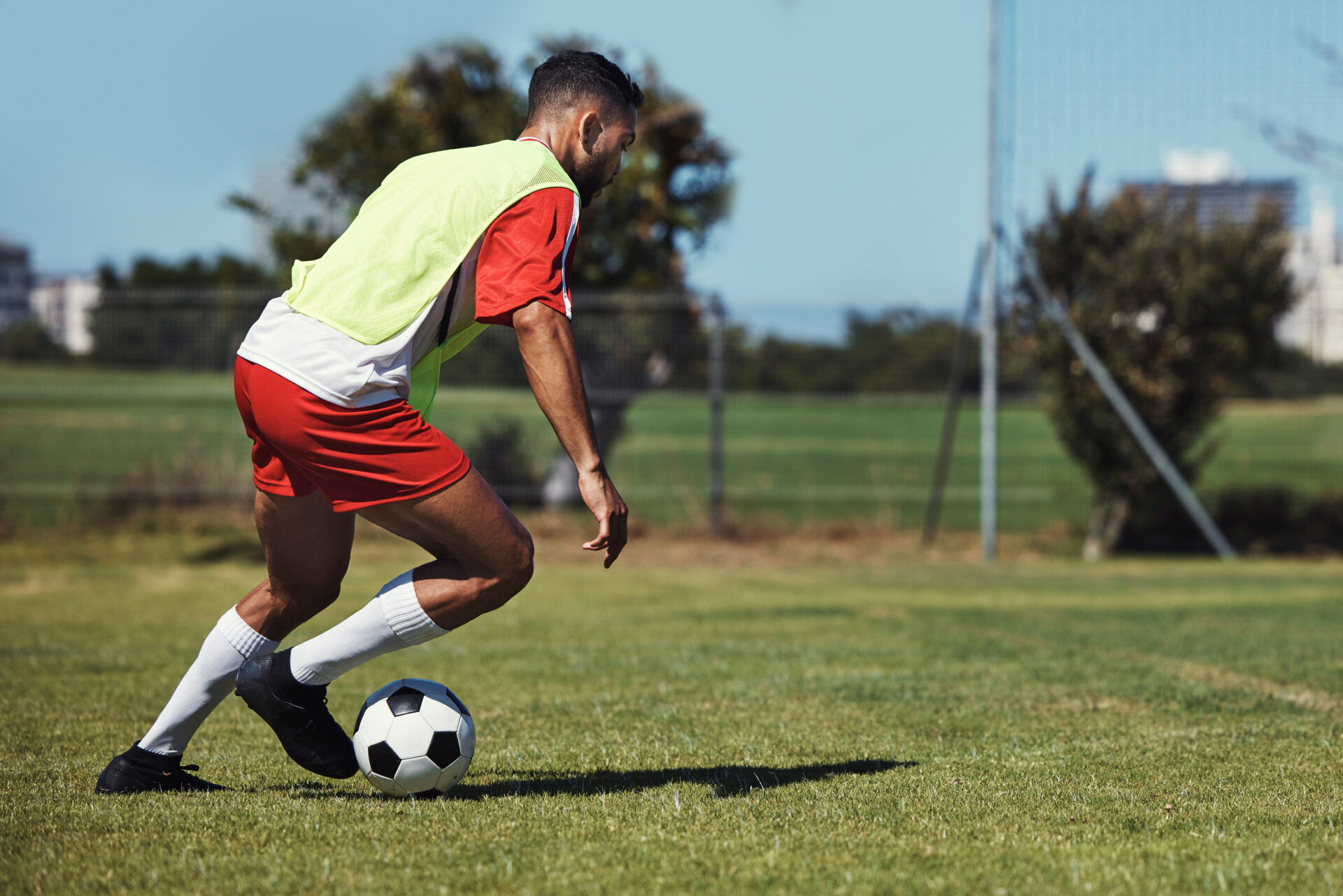
Phases of Recovery After Knee Meniscus and ACL Surgery:
Phase 1 (0-2 Weeks): Protection and Initial Healing
- Wear the brace as directed.
- Engage in range-of-motion exercises as prescribed by Dr. Tauro and your physical therapist.
- Avoid weight-bearing activities for meniscal repairs. ACL reconstructions and simple partial meniscectomies can bear weight as tolerated. Crutches are still required if you had an ACL surgery. Keep the knee elevated to reduce swelling.
Phase 2 (2-6 Weeks): Controlled Motion
- Gradually begin controlled motion exercises under the guidance of your physical therapist.
- Focus on restoring the range of motion without straining the knee. Isometric strengthening may also be recommended by Dr. Tauro and your therapist.
Phase 3 (6-12 Weeks): Strengthening
- Incorporate strengthening exercises for the knee and surrounding muscles.
- Continue to avoid heavy lifting or activities that place excessive strain on the knee.
Phase 4 (3-6 Months): Functional Training
- Progress to functional and sports-specific training as tolerated.
- Aim to return to normal activities and sports gradually, following Dr. Tauro’s and your physical therapist’s advice.
Full Recovery After Knee Meniscus and ACL Surgery:
Time Frame:
- Full recovery can take anywhere from 6 months to a year, depending on the extent of the repair and your adherence to the rehabilitation program. Most patients can return to activities like running and sports at 6-9 months post-op.
Rehabilitation:
- Consistent and dedicated rehabilitation is crucial for a successful outcome. Attend all therapy sessions and follow your doctor’s and your physical therapist’s instructions diligently.
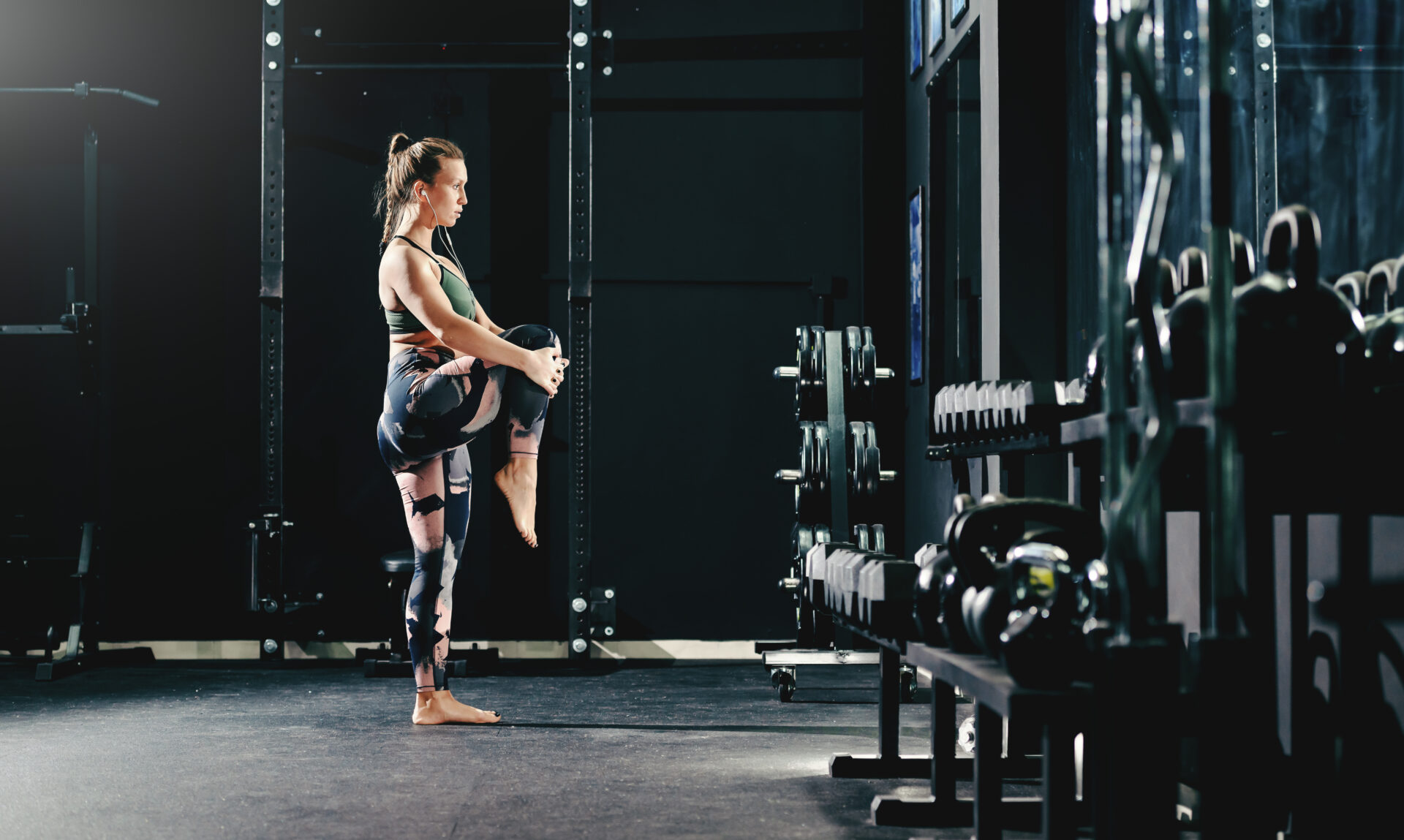
Frequently Asked Questions (FAQs):
How long will I need to wear the brace after knee surgery?
- Typically, you will need to wear the brace for 4-6 weeks to protect the repair.
When can I return to work after knee meniscus or ACL surgery?
- This depends on your job and the extent of your surgery. Desk jobs may allow a return within a week or 2. More physical jobs may require several months.
Will I regain full range of motion after knee surgery?
- With proper rehabilitation, most patients regain normal or near normal motion, though individual results can vary.
Knee meniscus and ACL surgeries are highly effective procedures for treating knee injuries. By following the pre-surgery guidelines, preparing adequately, and adhering to the post-operative care and rehabilitation phases, you can achieve a successful recovery and regain full function of your knee. Always communicate with Dr. Tauro and our team of orthopedic experts at AOSMI if you have any concerns during your recovery journey. If you are experiencing knee pain, are considering knee meniscus surgery or ACL surgery, and would like a consultation, schedule an appointment with Dr. Tauro today!
Shoulder instability and labral tears are common shoulder issues, often resulting from trauma or overuse. These conditions can cause pain, weakness, and a feeling of the shoulder giving way. This guide will help you understand shoulder instability and labral tear surgery, including pre-surgery preparation, the surgery day, and post-surgery recovery.
About the Author: Joseph Tauro, MD, a Board-Certified orthopedic surgeon, is nationally recognized for his expertise in treating shoulder, sports, and degenerative joint disorders. As a professor at Rutgers Medical School and a Master Instructor for the Arthroscopy Association of North America (AANA), he leads the field in developing new techniques for minimally invasive joint replacement, arthroscopic shoulder surgery, and Augmented Reality surgical training. Patients from across the U.S. are referred to Dr. Tauro for his specialized care. Request an appointment with Dr. Tauro today to experience expert orthopedic care first-hand!
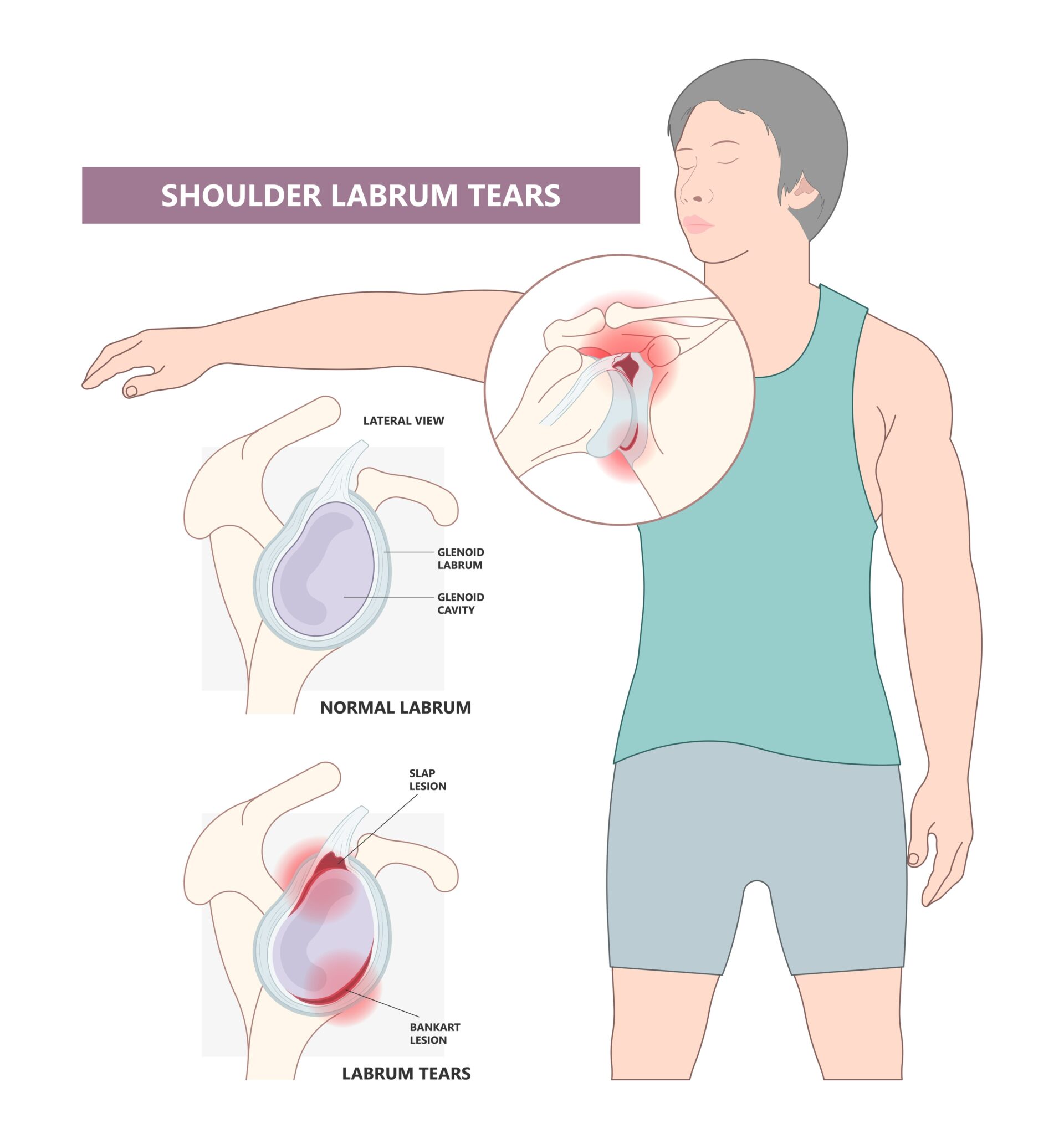
Pre-Surgery Guidelines for Shoulder Instability and Labral Tear Surgery
What You Should Do Before Shoulder Instability and Labral Tear Surgery:
Consultation with Dr. Tauro:
- Ensure you have a thorough discussion with Dr. Tauro about the procedure, risks, and benefits.
Medical Clearance and Preparation:
- Obtain medical clearance from your primary care physician if required.
- Review all medications with your doctor. You may need to stop certain medications, like blood thinners, a few days before surgery.
Physical and Home Preparation:
- Engage in pre-surgery physical therapy or a home therapy program if recommended to strengthen the shoulder muscles.
- Arrange your home to accommodate your post-surgery needs. This might include setting up a comfortable resting area and ensuring easy access to necessities. You may feel more comfortable partially sitting up for sleep for the first few weeks after surgery. We recommend an armed reading pillow with two regular pillows in front of it. These are available at most retail outlets or online.
What You Shouldn’t Do Before Shoulder Instability and Labral Tear Surgery:
Eating and Drinking:
- Do not eat or drink anything after midnight before your surgery day. This includes chewing gum, which can produce excessive saliva in your stomach.
Smoking and Alcohol:
- Avoid smoking as it can impair healing and increase the risk of complications.
- Do not consume alcohol at least 24 hours before surgery.
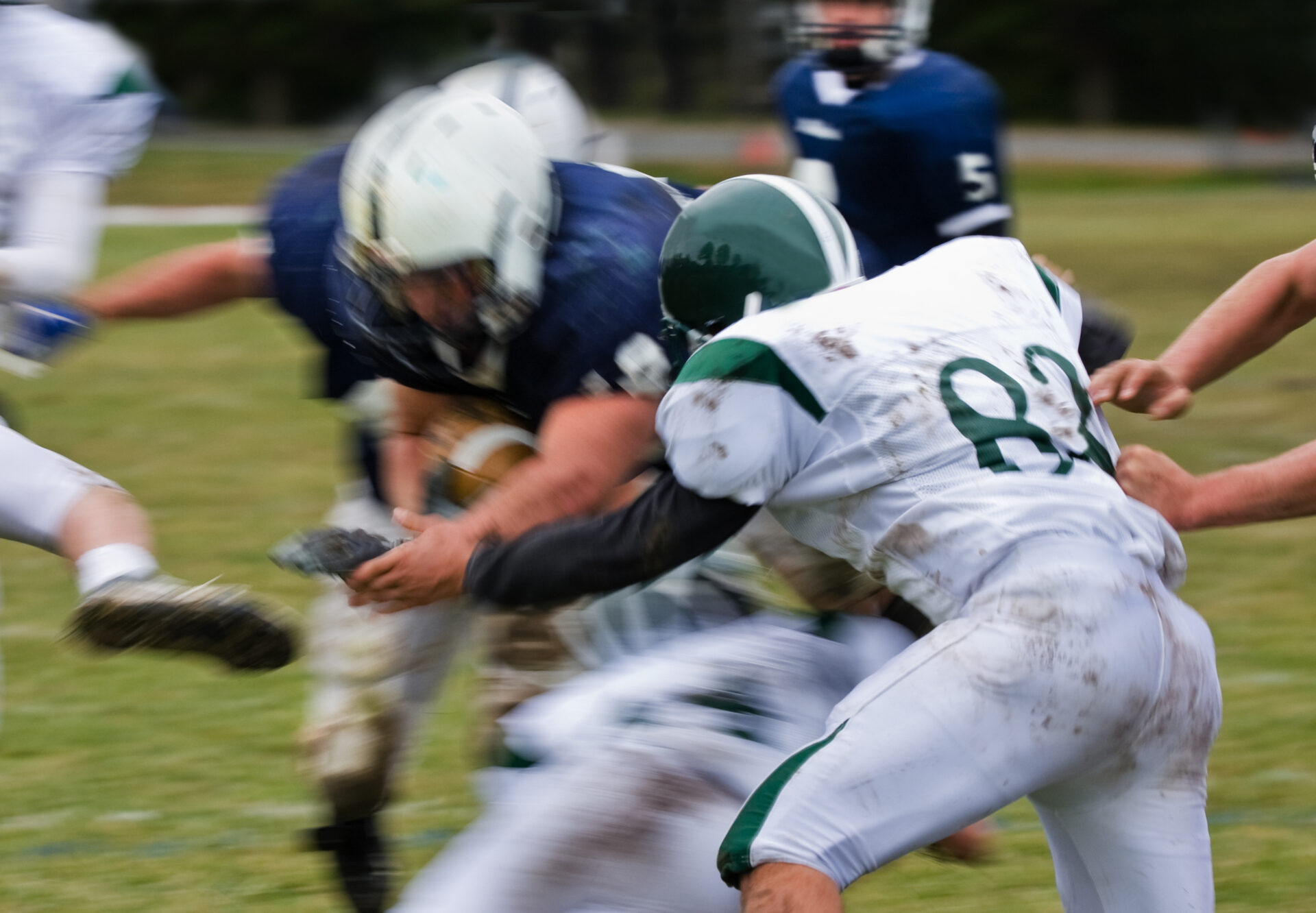
Day of Shoulder Instability and Labral Tear Surgery
What to Do on the Day of Shoulder Instability and Labral Tear Surgery:
Arrive on Time:
- Arrive at the hospital or surgical center at the scheduled time. The surgery center will call you with that time generally the day before surgery.
Wear Comfortable Clothing:
- Wear loose, comfortable clothing that is easy to remove and put on.
Bring Essentials:
- Bring necessary documents and a list of medications.
What to Expect on the Day of Surgery:
Pre-Operative Preparation:
- You will undergo pre-operative preparations, including vital sign checks and anesthesia administration. Anesthesia will usually include a local nerve block, which will reduce pain for several days, as well as general anesthesia.
Surgery Duration:
- The procedure typically takes 1-2 hours, but this can vary depending on your repair.
Post-Operative Recovery:
- After surgery, you will be monitored in a recovery area until the anesthesia wears off.
Post-Operative Care and Recovery After Shoulder Instability and Labral Tear Surgery
Immediate Post-Op Care:
Pain Management:
- Expect some pain and discomfort, which will be managed with prescribed medications. With the nerve block, there is usually minimal pain that can be managed with Tylenol and ibuprofen.
Sling Usage:
- Your shoulder will be immobilized in a sling to protect the repaired area.
Follow-Up Appointments:
- Schedule follow-up appointments with your surgeon, usually 1 to 2 weeks post-surgery. You can pre-schedule this appointment in our office before your surgery.
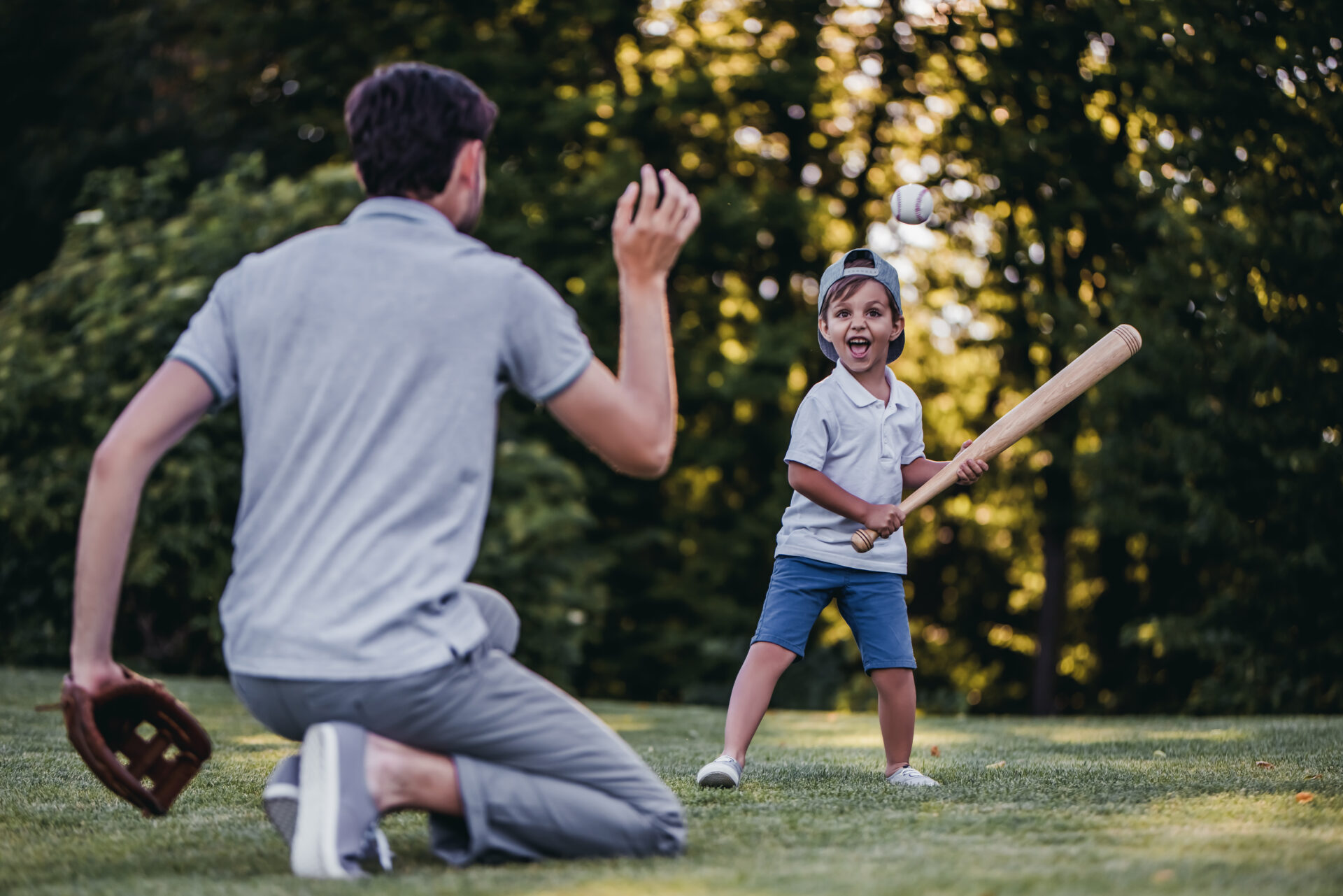
Phases of Recovery After Shoulder Instability and Labral Tear Surgery:
Phase 1 (0-6 Weeks): Protection and Passive Motion
- Wear the sling as directed.
- Engage in passive motion exercises as prescribed by your physical therapist.
- Avoid active shoulder movements and lifting.
Phase 2 (6-10 Weeks): Active Motion
- Gradually begin active motion exercises under the guidance of your physical therapist.
- Focus on restoring the range of motion without straining the shoulder.
Phase 3 (10-24 Weeks): Strengthening
- Incorporate strengthening exercises for the rotator cuff and surrounding muscles.
- Continue to avoid heavy lifting or activities that place excessive strain on the shoulder.
Phase 4 (24+ Weeks): Functional Training
- Progress to functional and sports-specific training as tolerated.
- Aim to return to normal activities and sports gradually, following your therapist’s advice.
Full Recovery After Shoulder Instability and Labral Tear Surgery:
Time Frame:
- Full recovery can take anywhere from 4 months to a year, depending on the extent of the repair and your adherence to the rehabilitation program. Most patients can return to activities like swimming and golf at 4 months post-op.
Rehabilitation:
- Consistent and dedicated rehabilitation is crucial for a successful outcome. Attend all therapy sessions and follow your doctor’s and therapist’s instructions diligently.

Frequently Asked Questions (FAQs):
How long will I need to wear the sling?
- Typically, you will need to wear the sling for 4-6 weeks to protect the repair.
When can I return to work?
- This depends on your job and the extent of your surgery. Desk jobs may allow a return within a few weeks, while more physical jobs may require several months.
Will I regain full range of motion?
- With proper rehabilitation, most patients regain a significant range of motion, though individual results can vary.
Strengthen your Shoulders with Shoulder Instability and Labral Tear Surgery at AOSMI in New Jersey
Shoulder instability and labral tear surgery is a highly effective procedure for treating shoulder issues. By following the pre-surgery guidelines, preparing adequately, and adhering to the post-operative care and rehabilitation phases, you can achieve a successful recovery and regain full function of your shoulder. Always communicate with Dr. Tauro and our team of orthopedic experts at AOSMI if you have any concerns during your recovery journey. If you are experiencing shoulder pain, are considering shoulder instability and labral tear surgery, and would like a consultation, schedule an appointment with Dr. Tauro today!
Total knee replacement surgery is a common surgical procedure for individuals suffering from severe knee arthritis or injury. This surgery involves resurfacing the damaged knee joint with an artificial implant to relieve pain and restore function. This comprehensive guide will help you understand total knee replacement surgery, including pre-surgery preparation, what to expect on the day of surgery, and post-surgery recovery.
About the Author: Joseph Tauro, MD, a Board-Certified orthopedic surgeon, is nationally recognized for his expertise in treating shoulder, sports, and degenerative joint disorders. As a professor at Rutgers Medical School and a Master Instructor for the Arthroscopy Association of North America (AANA), he leads the field in developing new techniques for minimally invasive joint replacement, arthroscopic shoulder surgery, and Augmented Reality surgical training. Patients from across the U.S. are referred to Dr. Tauro for his specialized care. Request an appointment with Dr. Tauro today to experience expert orthopedic care first-hand!

Pre-Surgery Guidelines for Total Knee Replacement
What You Should Do Before Knee Replacement Surgery:
Consultation with Dr. Tauro:
- Have a thorough discussion with Dr. Tauro about the procedure, risks, and benefits of total knee replacement surgery.
- Dr. Tauro uses pre-operative computerized planning for almost all of the knee replacements he performs. This will involve the production of a custom guide to be used during your surgery. This greatly improves the accuracy of your surgery. You will need to go for a specialized MRI scan of your knee at least 6 weeks before your surgery to allow the use of this technology.
Medical Clearance and Preparation:
- Obtain medical clearance from your primary care physician if required.
- Review all medications with your doctor. You may need to stop certain medications, like blood thinners, a few days before surgery.
Physical and Home Preparation:
- Engage in pre-surgery physical therapy or a home therapy program if recommended to strengthen the knee muscles before knee replacement surgery.
- Arrange your home to accommodate your post-surgery needs. This might include setting up a comfortable resting area and ensuring easy access to necessities. You will need a walker or crutches for assistance after surgery.
What You Shouldn’t Do Before Knee Replacement Surgery:
Eating and Drinking:
- Do not eat or drink anything after midnight before your knee surgery day. This includes chewing gum, which can produce excessive saliva in your stomach.
Smoking and Alcohol:
- Avoid smoking as it can impair healing and increase the risk of complications.
- Do not consume alcohol at least 24 hours before knee replacement surgery.

Day of Total Knee Replacement Surgery
What to Do on the Day of Surgery:
Arrive on Time:
- Arrive at the hospital or surgical center at the scheduled time. The hospital or surgery center will call you with that time generally the day before your knee replacement surgery.
Wear Comfortable Clothing:
- Wear loose, comfortable clothing that is easy to remove and put on.
Bring Essentials:
- Bring necessary documents and a list of medications.
What to Expect on the Day of Surgery:
Pre-Operative Preparation:
- You will undergo pre-operative preparations, including vital sign checks and anesthesia administration. Anesthesia will usually include a regional block to numb the knee and spinal anesthesia.
Surgery Duration:
- The procedure typically takes 1-2 hours, but this can vary depending on the complexity of the knee replacement surgery.
Post-Operative Recovery:
- After surgery, you will be monitored in a recovery area until the anesthesia wears off.
Post-Operative Care and Recovery After Total Knee Replacement
Immediate Post-Op Care:
- Almost all knee replacements are considered outpatient procedures. You may go home the same day or we may keep you overnight if your operation was done in the hospital. Regardless, we will have you out of bed and in a chair the day of surgery and walking with a walker or crutches the same day or the morning after the surgery.
- We DO NOT send patients to inpatient rehabilitation facilities as we feel infection rates are higher and care is inconsistent. You are much better off at home in a clean, comfortable and familiar environment.
- You will need to make sure a friend or family member is with you for the first 2 days after discharge.
- We will make arrangements for physical therapy in your home for the first week or 2 after surgery. You will be given a prescription for outpatient therapy after your first visits with us 1 week after your surgery.
Prevention of Blood Clots:
- Please take an 81mg “baby” aspirin twice a day for three weeks after your surgery.
- If you are on stronger blood thinners (such as Elaquis or Xarelto) you should restart them the day after surgery.
Pain Management:
- Expect some pain and discomfort, which will be managed with prescribed medications. With the regional block, there is usually minimal pain initially, which can be managed with Tylenol and ibuprofen afterward. When the block wears off a few days after surgery, pain may increase and you may need stronger pain medication which we will prescribe. Make sure the hospital or surgery center has accurate information about your pharmacy.
Brace and Crutch Usage:
- You will likely need crutches or a walker to assist with walking after knee replacement surgery. Weight bearing is usually permitted immediately and progression to a cane and ultimately no assist will take place as soon as your comfort and stability is achieved.
Follow-Up Appointments:
- Schedule follow-up appointments with your surgeon, 1 week post-surgery. You should pre-schedule this appointment in our office before your knee replacement surgery.
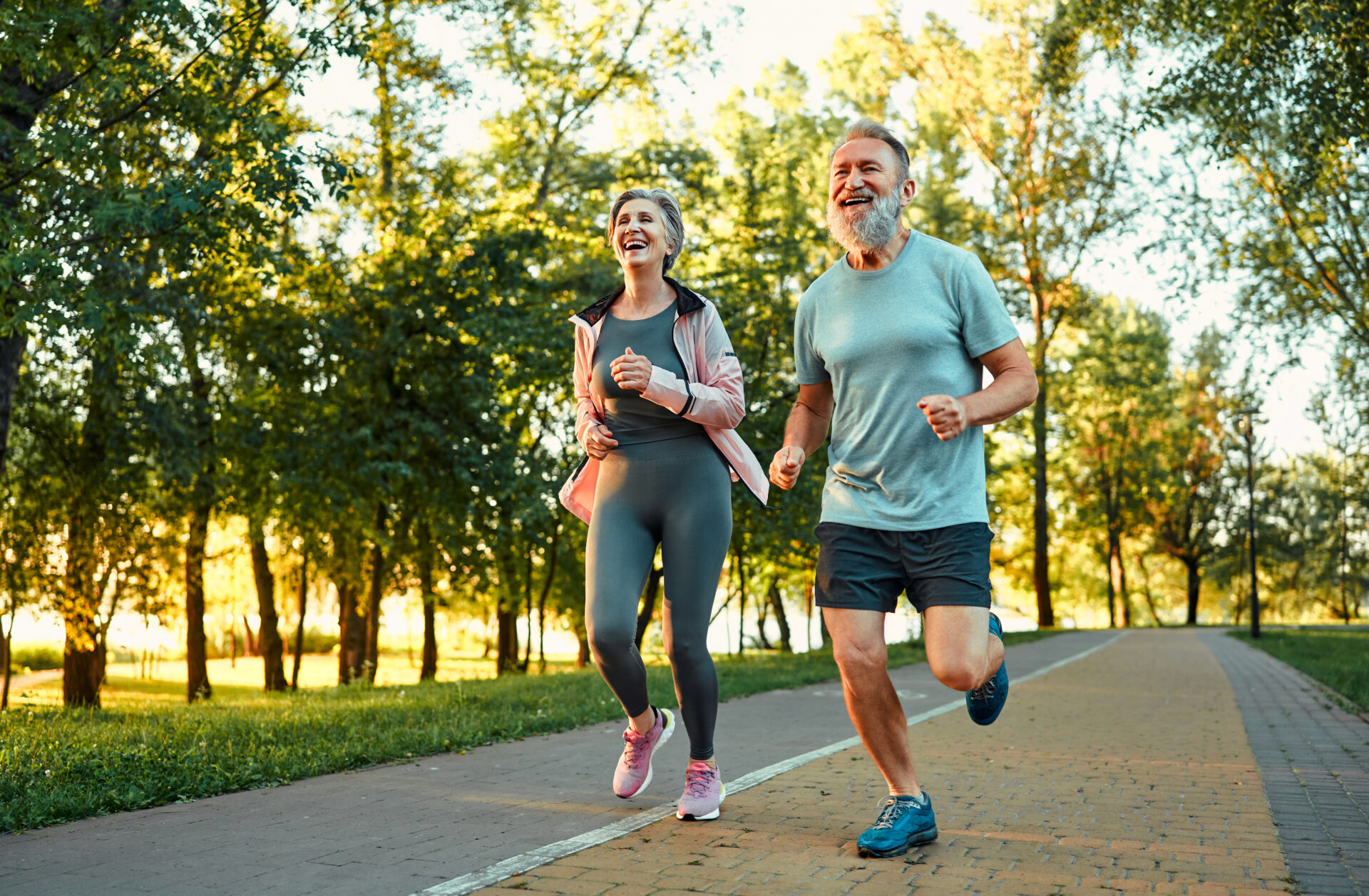
Phases of Recovery After Total Knee Replacement Surgery:
Phase 1 (0-2 Weeks): Protection and Initial Healing
- Use crutches or a walker as directed.
- Engage in range-of-motion exercises as prescribed by Dr. Tauro and your physical therapist.
- Full weight bearing is usually permitted. the knee elevated to reduce swelling.
Phase 2 (2-6 Weeks): Controlled Motion
- Gradually increase controlled motion exercises under the guidance of your physical therapist.
- Isometric exercises and some light strengthening will be started by your physical therapist
- Focus on restoring the range of motion without straining the knee.
Phase 3 (6-12 Weeks): Strengthening
- Incorporate progressive strengthening exercises for the knee and surrounding muscles.
- Continue to avoid heavy lifting or activities that place excessive strain on the knee.
Phase 4 (3-6 Months): Functional Training
- Progress to functional and everyday activities as tolerated.
- Aim to return to normal activities gradually, following your therapist’s advice.
Full Recovery After Total Knee Replacement Surgery:
Time Frame:
- Full recovery can take anywhere from 4-6 months to a year, depending on the extent of the surgery and your adherence to the rehabilitation program. Most patients can return to activities like walking and light exercise at 6-12 weeks post-op.
Rehabilitation:
- Consistent and dedicated rehabilitation is crucial for a successful outcome. Attend all therapy sessions and follow your doctor’s and therapist’s instructions diligently.
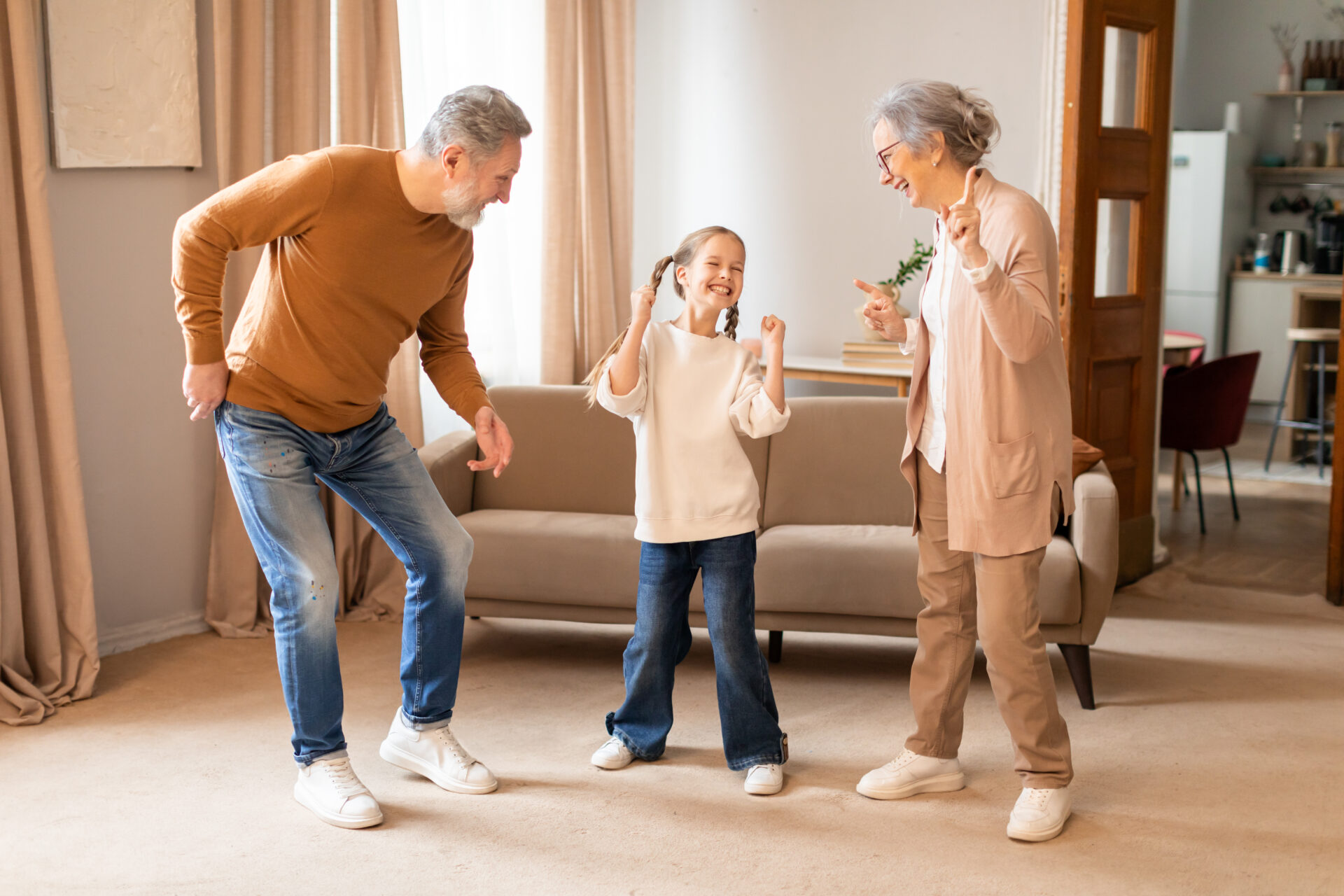
Frequently Asked Questions (FAQs):
How long will I need to use crutches or a walker after knee replacement surgery?
- Typically, you will need to use crutches, a walker or a cane for 4-6 weeks to support your knee.
When can I return to work after total knee replacement surgery?
- This depends on your job and the extent of your surgery. Desk jobs may allow a return within a few weeks, while more physical jobs may require several months.
Will I regain full range of motion after knee replacement surgery?
- With proper rehabilitation, most patients regain a significant range of motion, though individual results can vary.
Strengthen your Knees with Total Knee Replacement Surgery at AOSMI in New Jersey!
Total knee replacement surgery is a highly effective procedure for treating severe knee arthritis and injury. By following the pre-surgery guidelines, preparing adequately, and adhering to the post-operative care and rehabilitation phases, you can achieve a successful recovery and regain full function of your knee. Always communicate with Dr. Tauro and our team of orthopedic experts at AOSMI if you have any concerns during your recovery journey. If you are experiencing knee pain, are considering total knee replacement surgery, and would like a consultation, schedule an appointment with Dr. Tauro today!
Total shoulder replacement surgery is a common surgical procedure for individuals suffering from severe shoulder arthritis or injury. This surgery involves replacing the damaged shoulder joint with an artificial implant to relieve pain and restore function. This comprehensive guide will help you understand total shoulder replacement surgery, including pre-surgery preparation, what to expect on the day of surgery, and post-surgery recovery.
Your procedure may be a traditional “primary” shoulder replacement or a “reverse” shoulder replacement depending on the condition of your rotator cuff. Dr Tauro will discuss this with you in detail before your surgery.
About the Author: Joseph Tauro, MD, a Board-Certified orthopedic surgeon, is nationally recognized for his expertise in treating shoulder, sports, and degenerative joint disorders. As a professor at Rutgers Medical School and a Master Instructor for the Arthroscopy Association of North America (AANA), he leads the field in developing new techniques for minimally invasive joint replacement, arthroscopic shoulder surgery, and Augmented Reality surgical training. Patients from across the U.S. are referred to Dr. Tauro for his specialized care. Request an appointment with Dr. Tauro today to experience expert orthopedic care first-hand!
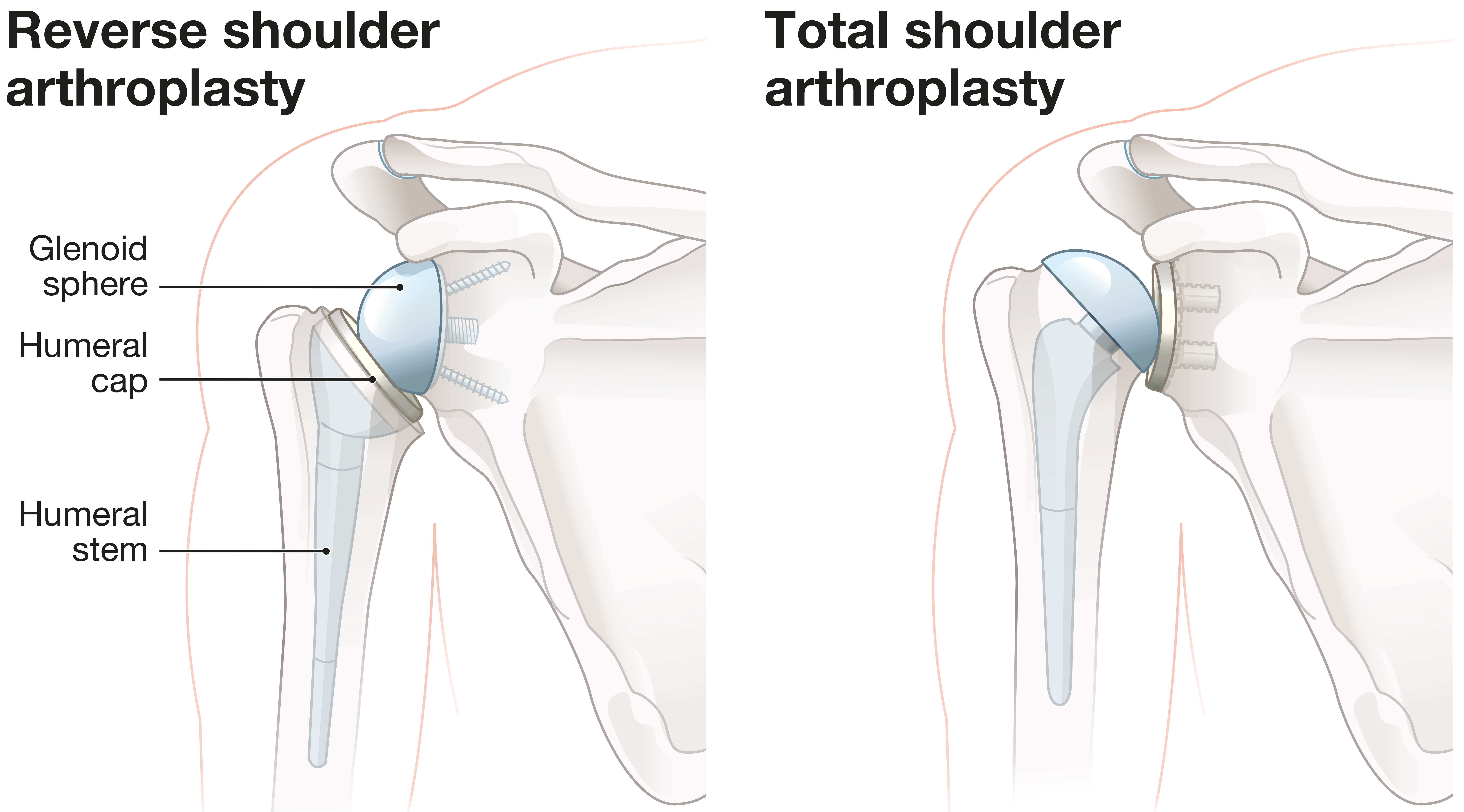
Pre-Surgery Guidelines for Total Shoulder Replacement
What You Should Do Before Shoulder Replacement Surgery:
Consultation with Dr. Tauro:
- Have a thorough discussion with your surgeon about the procedure, risks, and benefits of total shoulder replacement surgery.
- Dr Tauro uses pre operative computerized planning for almost all of the shoulder replacements he performs. This may involve the production of a custom guide to be used during your surgery or the use of a camera guided system in the operating room. This greatly improves the accuracy of your surgery. You will need to go for a specialized CT scan of your shoulder at least 6 weeks before your surgery to allow the use of this technology.
Medical Clearance and Preparation:
- Obtain medical clearance from your primary care physician if required.
- Review all medications with your doctor. You may need to stop certain medications, like blood thinners, a few days before surgery.
Physical and Home Preparation:
- Engage in pre-surgery physical therapy or a home therapy program if recommended to strengthen the shoulder muscles before shoulder replacement surgery.
- Arrange your home to accommodate your post-surgery needs. This might include setting up a comfortable resting area and ensuring easy access to necessities. You may need assistance with daily activities for the first few days after surgery.
- Most patients feel more comfortable sleeping partly sitting up after their surgery for up to 6 weeks. We recommend that you use a reading pillow with a few regular pillows in front of it for sleep. These are commercially available online or from stores such as Target or Walmart.
What You Shouldn’t Do Before Shoulder Replacement Surgery:
Eating and Drinking:
- Do not eat or drink anything after midnight before your shoulder surgery day. This includes chewing gum, which can produce excessive saliva in your stomach.
Smoking and Alcohol:
- Avoid smoking as it can impair healing and increase the risk of complications.
- Do not consume alcohol at least 24 hours before shoulder replacement surgery.
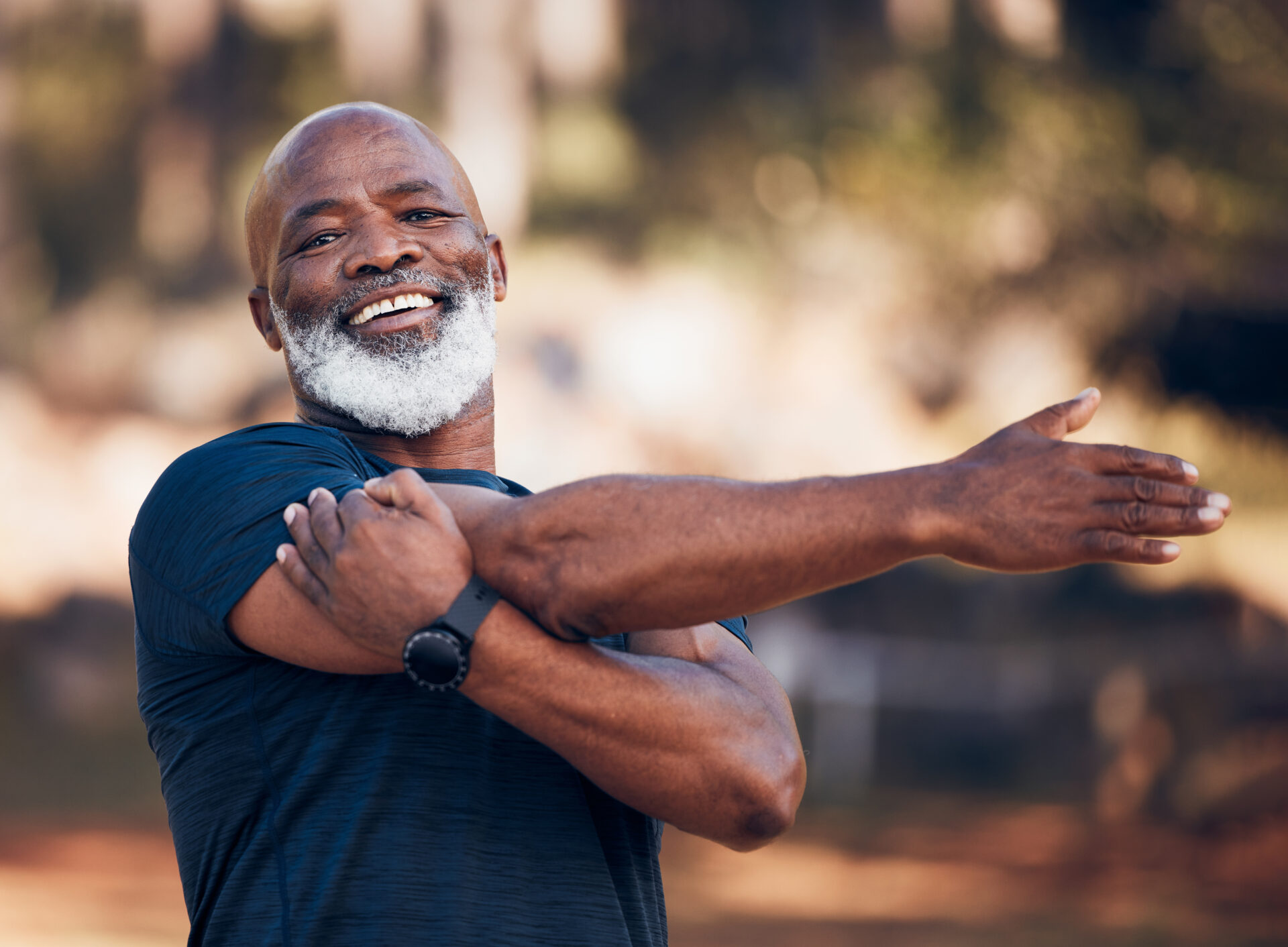
Day of Total Shoulder Replacement Surgery
What to Do on the Day of Surgery:
Arrive on Time:
- Arrive at the hospital or surgical center at the scheduled time. The surgery center will call you with that time generally the day before your shoulder replacement surgery.
Wear Comfortable Clothing:
- Wear loose, comfortable clothing that is easy to remove and put on. Button-up or zip-up tops are recommended.
Bring Essentials:
- Bring necessary documents and a list of medications.
What to Expect on the Day of Surgery:
Pre-operative Preparation:
- You will undergo pre-operative preparations, including vital sign checks and anesthesia administration. Anesthesia will usually include a regional block to numb the shoulder and general anesthesia.
Surgery Duration:
- The procedure typically takes 1-2 hours, but this can vary depending on the complexity of the shoulder replacement surgery.
Post-Operative Recovery:
- After surgery, you will be monitored in a recovery area until the anesthesia wears off.
Post-Operative Care and Recovery After Total Shoulder Replacement
Immediate Post-Op Care:
- Almost all shoulder replacements are considered outpatient procedures. You usually go home the same day or we may keep you overnight if your operation is more complex or you have a medical condition we need to monitor overnight. Regardless, we will have you out of bed and in a chair the day of surgery and walking the same day or the morning after the surgery.
- We DO NOT send patients to inpatient rehabilitation facilities as we feel infection rates are higher and care is inconsistent. You are much better off at home in a clean, comfortable and familiar environment.
- You will need to make sure a friend or family member is with you for the first 2 days after discharge.
- We will prescribe outpatient physical therapy to do at home. You should begin therapy immediately, usually 2-5 days after your surgery
- Expect some pain and discomfort, which will be managed with prescribed medications. With the regional block, there is usually minimal pain initially, which can be managed with Tylenol and ibuprofen afterward. When the block wears off a few days after surgery, pain may increase and you may need stronger pain medication which we will prescribe. Make sure the hospital or surgery center has accurate information about your pharmacy.
Sling Usage:
- Your shoulder will be immobilized in a sling to protect the repaired area.
Follow-Up Appointments:
- Schedule follow-up appointments with your surgeon, usually 1 to 2 weeks post-surgery. You can pre-schedule this appointment in our office before your shoulder replacement surgery.

Phases of Recovery After Total Shoulder Replacement Surgery:
Phase 1 (0-2 Weeks): Protection and Initial Healing
- Wear the sling as directed.
- Engage in passive motion exercises as prescribed by your physical therapist.
- Avoid active shoulder movements and lifting.
Phase 2 (2-6 Weeks): Controlled Motion
- Gradually begin controlled motion exercises under the guidance of your physical therapist.
- Focus on restoring the range of motion without straining the shoulder.
Phase 3 (6-12 Weeks): Strengthening
- Incorporate strengthening exercises for the shoulder and surrounding muscles.
- Continue to avoid heavy lifting or activities that place excessive strain on the shoulder.
Phase 4 (3-6 Months): Functional Training
- Progress to functional and everyday activities as tolerated.
- Aim to return to normal activities gradually, following your therapist’s advice.
Full Recovery After Total Shoulder Replacement Surgery:
Time Frame:
- Full recovery can take anywhere from 4-6 months to a year, depending on the extent of the surgery and your adherence to the rehabilitation program. Most patients can return to activities like light exercise and daily tasks at 12 weeks post-op.
Rehabilitation:
- Consistent and dedicated rehabilitation is crucial for a successful outcome. Attend all therapy sessions and follow your doctor’s and therapist’s instructions diligently.

Frequently Asked Questions (FAQs):
How long will I need to use a sling after shoulder replacement surgery?
- Typically, you will need to use a sling for 4-6 weeks to support your shoulder.
When can I return to work after total shoulder replacement surgery?
- This depends on your job and the extent of your surgery. Desk jobs may allow a return within a few weeks, while more physical jobs may require several months.
Will I regain full range of motion after shoulder replacement surgery?
- With proper rehabilitation, most patients regain a significant range of motion, though individual results can vary.
Strengthen your Shoulders with Total Shoulder Replacement Surgery at AOSMI in New Jersey
Total shoulder replacement surgery is a highly effective procedure for treating severe shoulder arthritis and injury. By following the pre-surgery guidelines, preparing adequately, and adhering to the post-operative care and rehabilitation phases, you can achieve a successful recovery and regain full function of your shoulder. Always communicate with Dr. Tauro and the team of orthopedic experts at AOSMI if you have any concerns during your recovery journey. If you are experiencing shoulder pain, are considering shoulder replacement surgery, and would like a consultation, schedule an appointment with Dr. Tauro today!
We are excited to announce the expansion of our spine care and sports medicine services at our AOSMI Belmar location, starting on May 2, 2024. This addition enhances the orthopedic care currently provided by Dr. Stacey Gallacher at Belmar, reflecting our commitment to providing comprehensive and specialized treatment. We’re delighted to reveal that Ali Valimahomed, MD, FAAPMR, is extending his services to Belmar after having made significant contributions at our Freehold location. Dr. Valimahomed’s addition to the Belmar facility significantly enhances our ability to deliver outstanding musculoskeletal care to the community.
Michael J. Greller, MD, MBA, CPE, FAAOS, board-certified Orthopedic Surgeon and Managing Partner at AOSMI, expressed his enthusiasm for our expansion, “On behalf of the team at AOSMI, I am proud to announce the expansion of our trusted Orthopedic and Pain Management services into Belmar. Our team is committed to providing innovative, state-of-the-art treatment options and we are excited to facilitate specialized care and rehabilitation, under-one-roof, in the heart of Belmar. In our continued commitment to excellence in healthcare, we look forward to positively impacting the lives of our patients and their families in the Belmar community.” In addition to comprehensive orthopedics, physical therapy and acupuncture services are offered at Belmar. This strategic expansion emphasizes AOSMI’s commitment to patient care excellence and outcomes. With a focus on delivering exceptional clinical results, supported by cutting-edge treatments and compassionate care, AOSMI is set to continue its mission of providing the highest level of comprehensive musculoskeletal services.
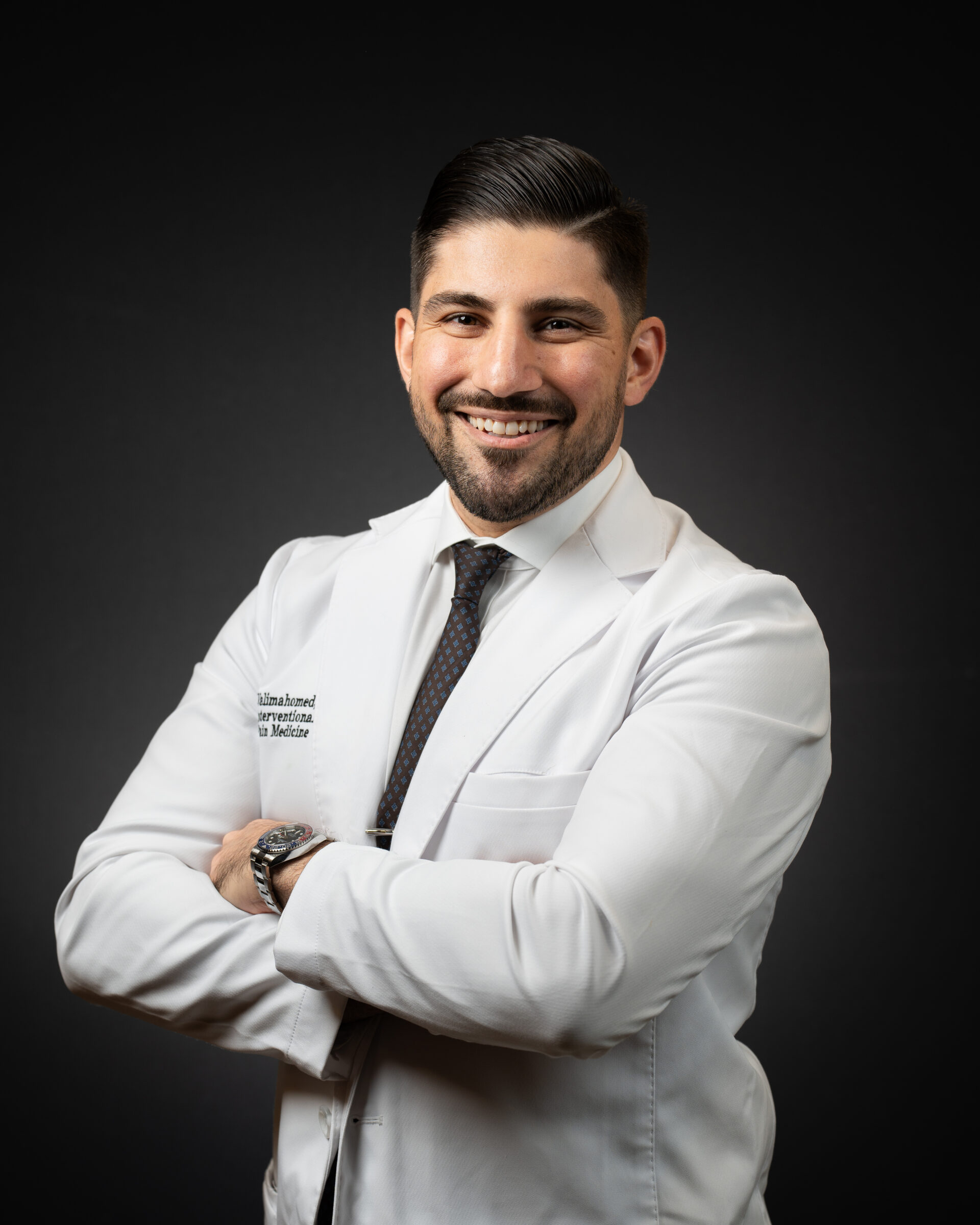
Dr. Ali Valimahomed: A Pillar of Expertise in Belmar
Dr. Valimahomed is dual board-certified in Interventional Pain Medicine and Physical Medicine & Rehabilitation. He completed an ACGME-accredited Interventional Pain Medicine Fellowship and uses the most current treatments and innovative approaches to effectively address complex pain challenges. His arrival in Belmar will enable more patients to receive high-quality pain management care closer to home.
Dr. Valimahomed specializes in spine care, musculoskeletal medicine, non-surgical sports medicine, and pain management. Whether you’re struggling with back pain, neck discomfort, or spinal issues like herniated discs or spinal stenosis, his tailored treatment plans aim for lasting relief and improved quality of life. Dr. Valimahomed addresses the source of your pain through a range of targeted interventions, including fluoroscopic-guided and ultrasound-guided spine injections, peripheral nerve blocks, and minimally invasive spine surgery. His expertise extends to conditions arising from auto accidents, work-related injuries, and sports injuries, ensuring comprehensive care. Through his treatment plans, you can strengthen your back, improve your mobility, and get back to living life to your fullest potential.
Orthopedic Excellence in Belmar: Comprehensive Musculoskeletal Care
In addition to Dr. Valimahomed’s pain management expertise, our Belmar location currently provides comprehensive musculoskeletal care, encompassing a full range of orthopedic services, physical therapy, and acupuncture.
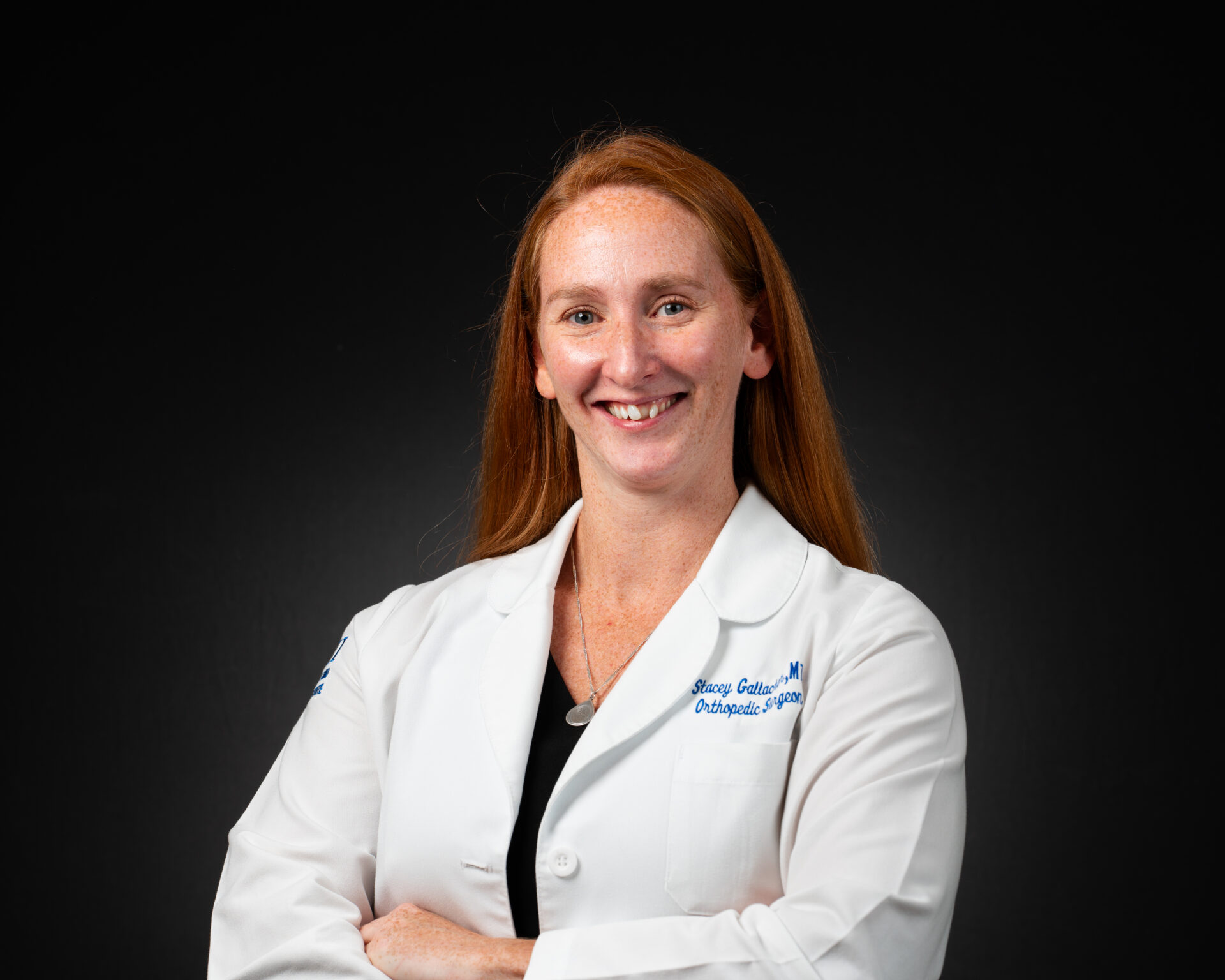
Leading the charge is Stacey Gallacher, MD, FAAOS, an accomplished orthopedic surgeon with board certification and dual fellowship training in shoulder & elbow and trauma. Dr. Gallacher’s extensive experience in musculoskeletal health ensures our patients receive the highest standard of personalized care. Dr. Gallacher addresses the full range of orthopedic injuries, with a focus on shoulder, elbow, and trauma. Our commitment to comprehensive musculoskeletal care means that patients have access to the best possible treatments for a wide variety of orthopedic conditions, all under one roof.
Whether you’re on the road to recovery following surgery, dealing with chronic pain, or aiming to improve your physical health, our dedicated team is here to guide and assist you every step of the way.
Welcome to AOSMI Belmar
Starting on May 2, 2024, located at 712 10th Avenue, Belmar, NJ 07728, AOSMI Belmar will be ready with spine care, musculoskeletal medicine, non-surgical sports medicine, and pain management. Our facility is equipped with the latest technology, and our dedicated team is committed to delivering exceptional care within your community. For more information or to request an appointment, contact us today. Dr. Valimahomed, Dr. Gallacher, and the entire AOSMI team look forward to supporting your health and wellness journey, now even more conveniently at our Belmar location.
When it comes to hip replacement surgery, there are different approaches available, and each has its unique advantages and considerations. At Advanced Orthopedic and Sports Medicine Institute, Dr. Joseph Tauro and Dr. Eric Buxbaum specialize in Anterior Hip Replacement, a procedure that offers a minimally invasive approach with muscle preservation. Dr. Alan Nasar specializes in Posterior Hip Replacement, an established technique with a wide range of effective applications.
Hip Osteoarthritis
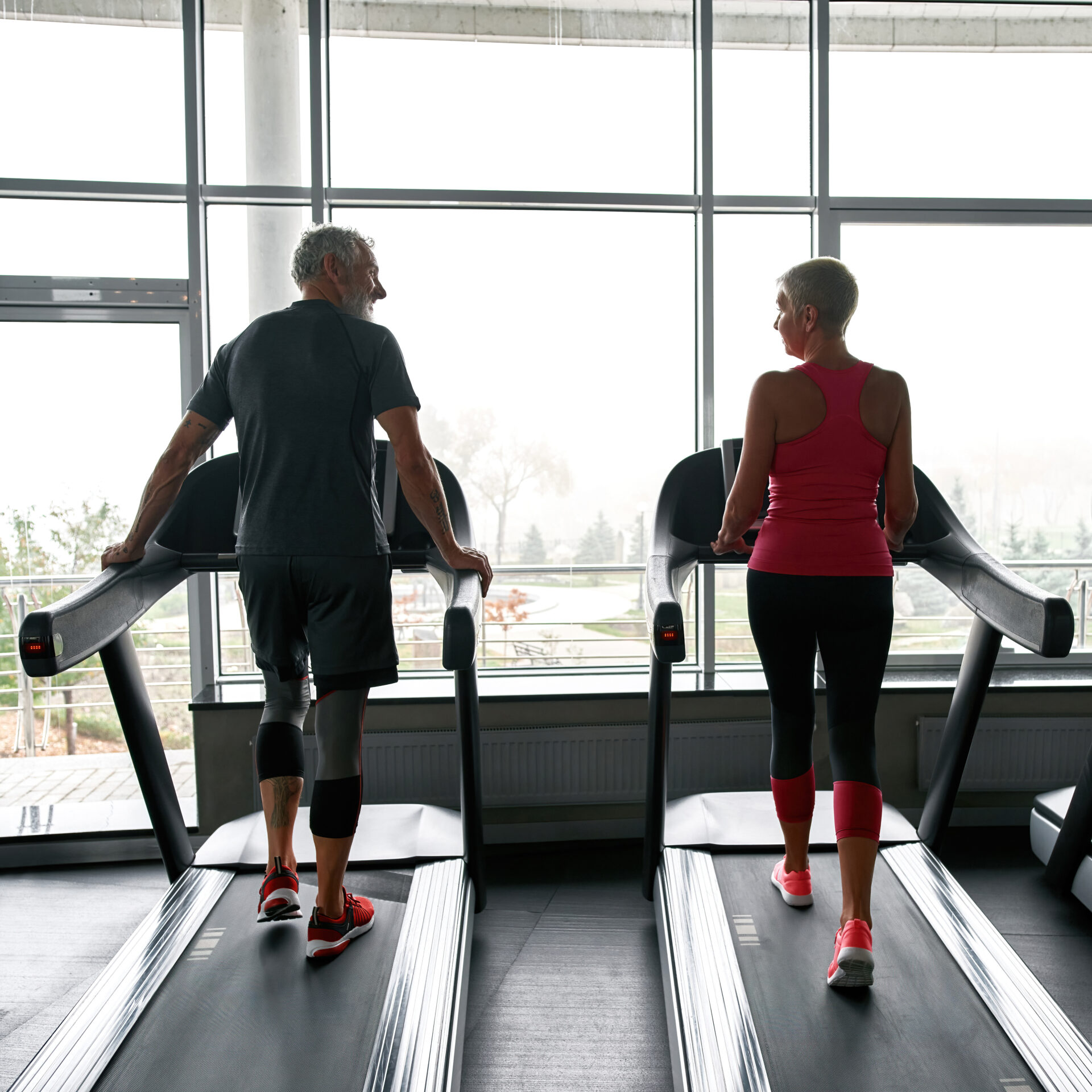
Hip replacement surgery is often recommended for individuals suffering from hip conditions, with osteoarthritis of the hip being one of the most common reasons. Hip osteoarthritis, a specific type of joint condition that affects the hip, often presents through distinctive symptoms. The most common and noticeable sign is hip pain, often felt deep in the hip, thigh, or groin, sometimes radiating to the knee and worsened by activities like walking. Stiffness in the hip, typically more pronounced in the morning or after inactivity, can make it challenging to start moving or stand up. Reduced range of motion affects your ability to perform everyday tasks, while a grating sensation may occur when you move your hip. Weakness in the muscles around the hip, swelling, tenderness, and joint deformities like bone spurs or alignment changes are additional telltale signs. If you’re experiencing these symptoms, we encourage you to reach out to the orthopedic specialists at AOSMI, for accurate diagnosis and effective management, especially since early intervention can alleviate pain, improve joint strength and function, and enhance your overall quality of life. Both anterior and posterior approaches can be used to address this condition effectively.
Anterior vs. Posterior Approach
1. Anterior Hip Replacement
The anterior approach is known for its minimally invasive features and muscle preservation. During this surgery, the incision is made at the front of the hip, allowing the surgeon to access the hip joint without cutting through major muscles. The minimally invasive nature of the procedure typically results in potentially faster recovery, reduced pain, shorter hospital stays, and improved mobility.
2. Posterior Hip Replacement
The posterior approach is a well-established and longstanding technique. It involves an incision at the back of the hip. The posterior approach is versatile and can effectively address a wide range of hip conditions. Surgeons often choose this approach due to their familiarity with it and the proven outcomes it offers. This approach may also be associated with potentially lower risk of nerve injury.
Choosing Between Anterior and Posterior Hip Replacement

The choice between anterior and posterior hip replacement surgery is a critical decision, and it should be based on a thorough evaluation of the patient’s individual case. Several factors come into play, including the patient’s anatomy, the surgeon’s expertise, and the specific surgical indications. Consulting with an experienced orthopedic surgeon is crucial in this process. They can assess your condition, consider these factors, and recommend the most suitable surgical approach for your specific needs. The success of your surgery is not solely dependent on the approach but also on the expertise of your surgeon and your commitment to post-operative rehabilitation.
If you’re experiencing any of the hip pain symptoms explained above or are considering hip replacement, please request an appointment today to consult with our experienced orthopedic surgeons. Let’s work together to manage your pain and get you back to your strongest self!
 Anterior Cruciate Ligament (ACL) injuries are one of the most common knee injuries in the United States – approximately 400,000 ACL injuries occur every year. Historically, orthopedic surgeons have had limited options in treating a torn ACL. In ACL reconstruction, today’s standard of care, the surgeon completely removes the remaining torn ACL and reconstructs it with either a tendon from the patient’s own leg (called an autograft) or a deceased donor (called an allograft).
Anterior Cruciate Ligament (ACL) injuries are one of the most common knee injuries in the United States – approximately 400,000 ACL injuries occur every year. Historically, orthopedic surgeons have had limited options in treating a torn ACL. In ACL reconstruction, today’s standard of care, the surgeon completely removes the remaining torn ACL and reconstructs it with either a tendon from the patient’s own leg (called an autograft) or a deceased donor (called an allograft).
At Advanced Orthopedic Sports Medicine Institute (AOSMI), we are now offering a new technology called the BEAR® (Bridge-Enhanced ACL Restoration) Implant. The BEAR Implant is the first medical advancement granted approval from the U.S. Food and Drug Administration (FDA) that enables the body to heal its own torn ACL. This new approach is a paradigm shift from ACL reconstruction and is the first innovation in ACL tear treatment in more than 30 years.
AOSMI completed the first official procedure on November 15, 2022. Michael J. Greller, MD, MBA, CPE, FAAOS, a Board-Certified Orthopedic Surgeon who is Fellowship-trained in Sports Medicine led the procedure. He was assisted by Garret L. Sobol, MD, Board-Certified Orthopedic Surgeon who is also Fellowship-trained in Sports Medicine.
“There are a number of advantages to restoring a ligament instead of replacing it, and the BEAR Implant is an exciting medical technology that is the first to clinically demonstrate that it enables healing of the patient’s torn ACL while maintaining the natural knee anatomy,” said Dr. Greller “Encouraging clinical studies have shown faster recovery of muscle strength and higher patient satisfaction with regard to readiness to return to sport than traditional ACL reconstruction – the standard of care today.”
ACL Injuries – An Overview
Your knee joint is formed by three bones: the femur (thigh bone), tibia (shin bone), and patella (kneecap). The ACL (Anterior Cruciate Ligament) is one of the four main ligaments in the knee that helps to stabilize the joint. It is located in the center of the knee – it runs from the backside of the femur (thigh bone) to the front of the tibia (shin bone). The ACL is responsible for preventing the tibia from sliding out in front of the femur, and helping to control rotational movements of the knee.
The majority of ACL injuries are non-contact injuries – when athletes while running, rapidly change directions, stop or decelerate, or land from a jump without properly bending their knees. ACL injuries can also occur from direct contact to the knee joint. Most ACL injuries are complete tears, in which the ligament has been torn in half or pulled directly off the bone.
Patients usually report hearing and feeling a popping sensation during the injury. After the tear, patients experience pain with swelling, instability of the joint, loss of full range of motion, tenderness, and discomfort while walking.
ACL injury treatment is focused on preventing further knee instability and protecting the joint from further trauma. The two approaches to treatment are the non-surgical approach and the surgical approach. The approach is dependent on the extent of damage to the knee and the patient’s willingness to modify activity. Young and competitive athletes who want to return to activities that require aggressive jumping, cutting and pivoting or deceleration movements, and patients with meniscal tears usually pursue surgical reconstruction. Patients who have partial tears, do not have knee instability, and don’t partake in these “at-risk” movements can maintain their knee stability with physical therapy and rehabilitation alone. However, physical therapy is a core component of ACL treatment, surgical or non-surgical. For complete tears, surgery is usually recommended.
Standard ACL Reconstruction vs. BEAR Implant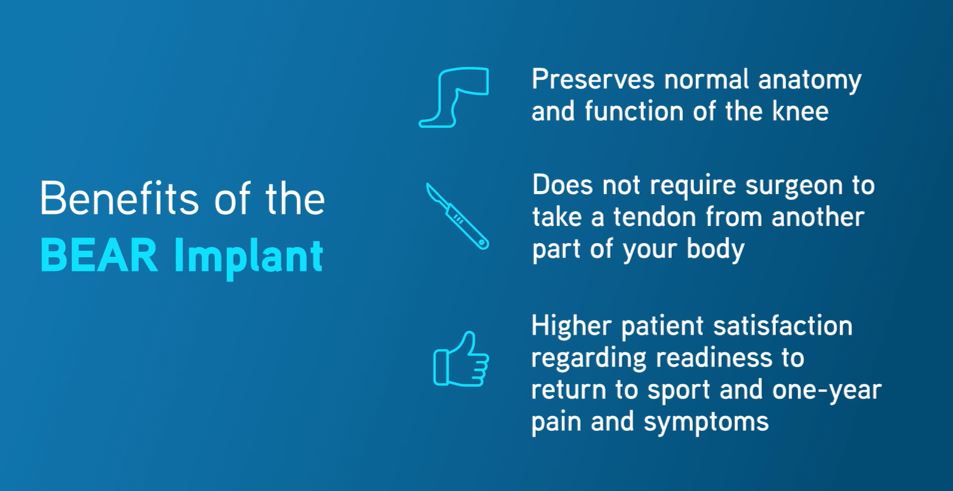
ACL reconstruction surgery remains the gold standard of care. In this procedure, the surgeon takes tendon from the patient’s patellar tendon (patellar tendon autograft), hamstring tendon (hamstring tendon autograft), or from a human donor (allograft) to replace the torn ACL.
Unlike reconstruction, the BEAR Implant does not require a second surgical wound site to remove a healthy tendon from another part of the leg or the use of a donor tendon. The BEAR Implant acts as a bridge to help ends of the torn ACL heal together. The surgeon injects a small amount of the patient’s own blood into the implant and inserts it between the torn ends of the ACL in a minimally invasive procedure. The combination of the BEAR Implant and the patient’s blood enables the body to heal the torn ends of the ACL back together while maintaining the ACL’s original attachments to the femur and tibia. As the ACL heals, the BEAR Implant is reabsorbed by the body, within approximately eight weeks.
BEAR Implant – Clinical Evidence
Safety and effectiveness of the BEAR Implant is supported by clinical evidence. As shown in Murray et. al 2019, IKDC scores, a patient-completed tool which contains sections on knee symptoms, function, and sports activities, from the BEAR Implant procedure was similar to that of ACL reconstruction two years post-surgery. AP Laxity, which measures stability of the knee joint, is the same as ACL reconstruction two years post-surgery. The BEAR Implant provides statistically better hamstring strength at 6 and 12 months, with the trend sustained to 2 years. BEAR Implant patients were also more likely to experience fewer contralateral ACL tears (tears in the non-injured knee) at two years. MRI indicates that the BEAR implant facilitates healing of the native ACL so that its size, geometry, and tissue composition are more like native ACL tissue than autograft. 86 percent of BEAR patients returned to pivoting sports by one year.
Risks and Limitations of the BEAR Implant
Following the BEAR Implant, patients are directed to follow the BEAR Implant physical therapy program. The BEAR Implant has the same potential medical and surgical complications as other orthopedic surgical procedures, including ACL reconstruction. These include the risk of re-tear, infection, knee pain, meniscus injury and limited range of motion. The BEAR Implant is indicated for skeletally mature patients at least 14 years of age with a complete rupture of the ACL, as confirmed by MRI. Patients must have an ACL stump attached to the tibia to construct the repair. The BEAR device must be implanted within 50 days of injury.
If you meet these criteria, you may be a candidate for the BEAR Implant procedure. To learn more about the procedure, request an appointment. If you have questions about ACL tears or if you are experiencing knee pain, contact us. With offices across New Jersey, the physicians and staff of Advanced Orthopedic Sports Medicine Institute are committed to restoring your health so that you can get back to your active lifestyle as quickly and safely as possible. To learn more about how you can benefit from expert orthopedic treatment, call us (732.720.2555) or request an appointment today.
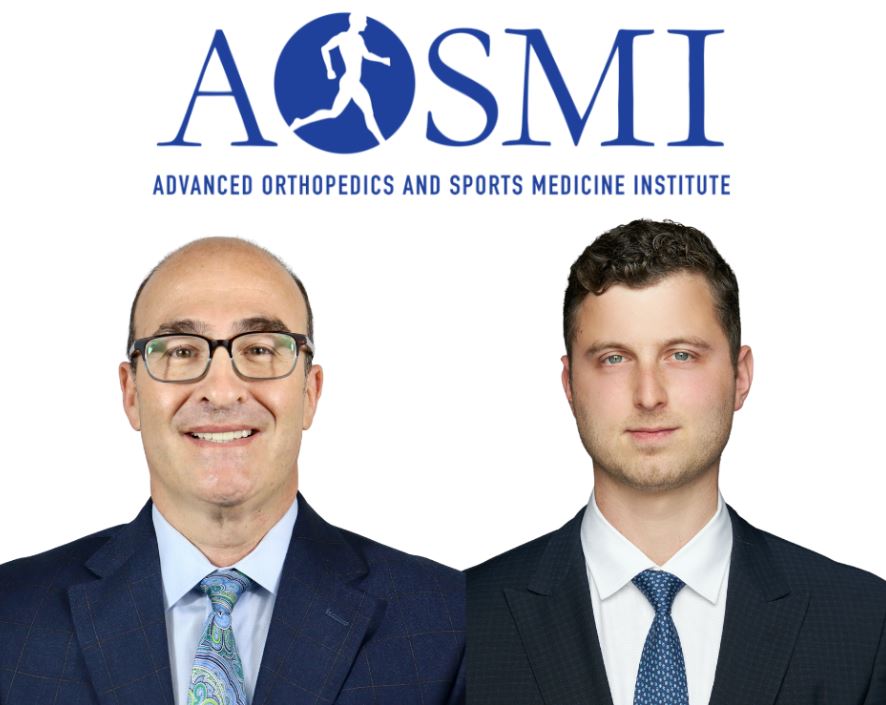
Nadine and Dr. Michael J. Greller, MD, CPE, FAAOS discuss her recent shoulder injury and arthroscopic procedure.
Dr. Michael Greller is a board-certified orthopedic surgeon, fellowship trained in sports medicine and President of Advanced Orthopedics and Sports Medicine Institute and is Chief of Staff at CentraState Medical Center.
Learn more about Dr. Greller, see more of Dr. Greller’s testimonials.








